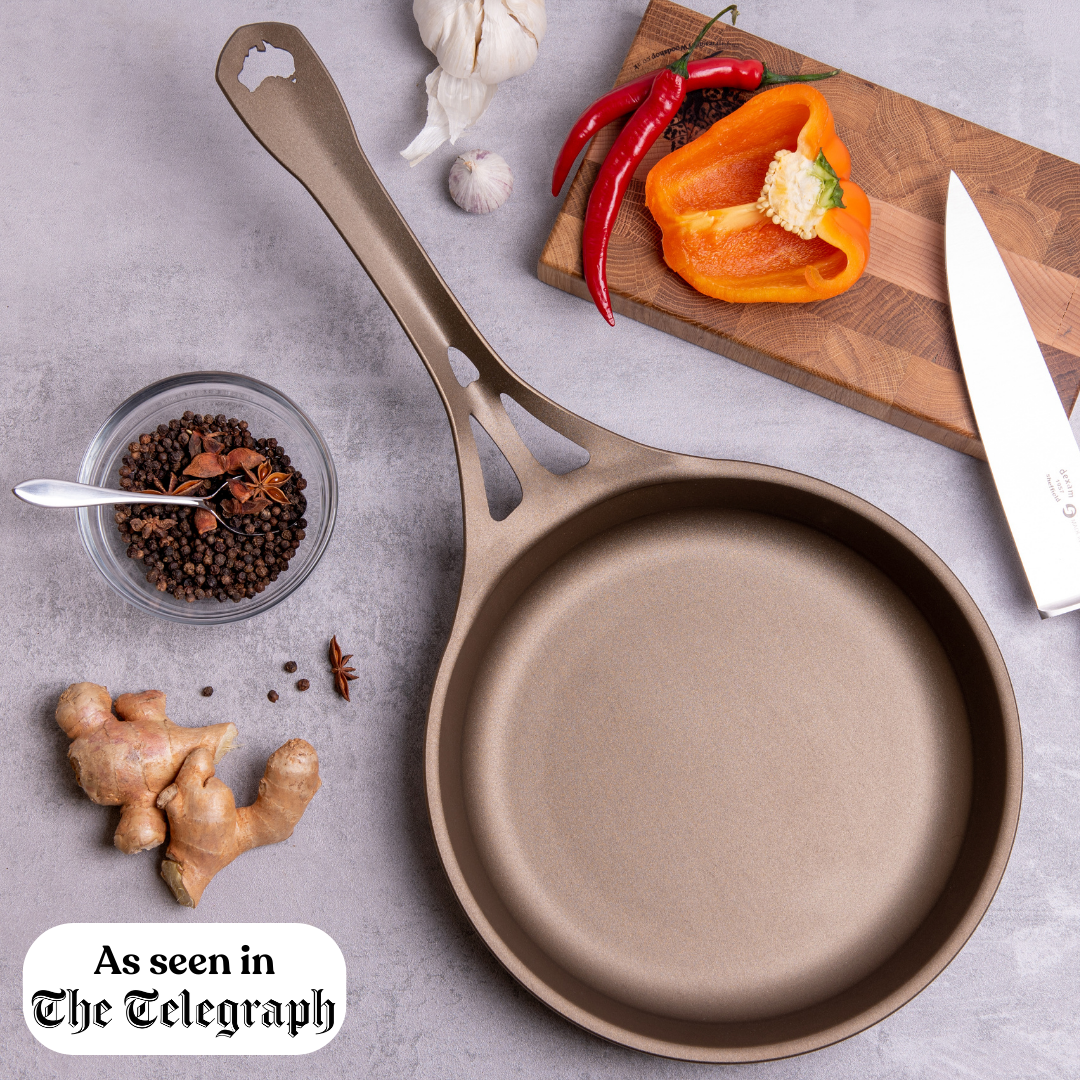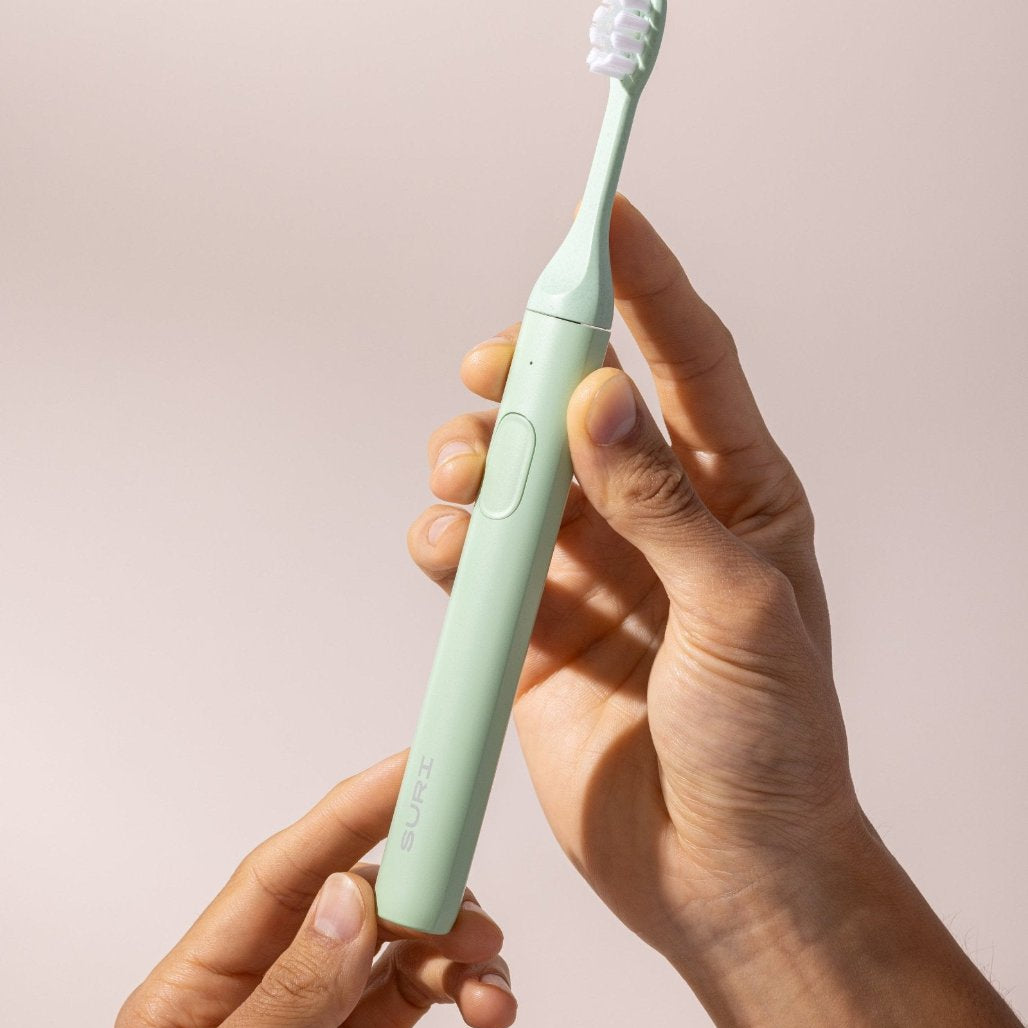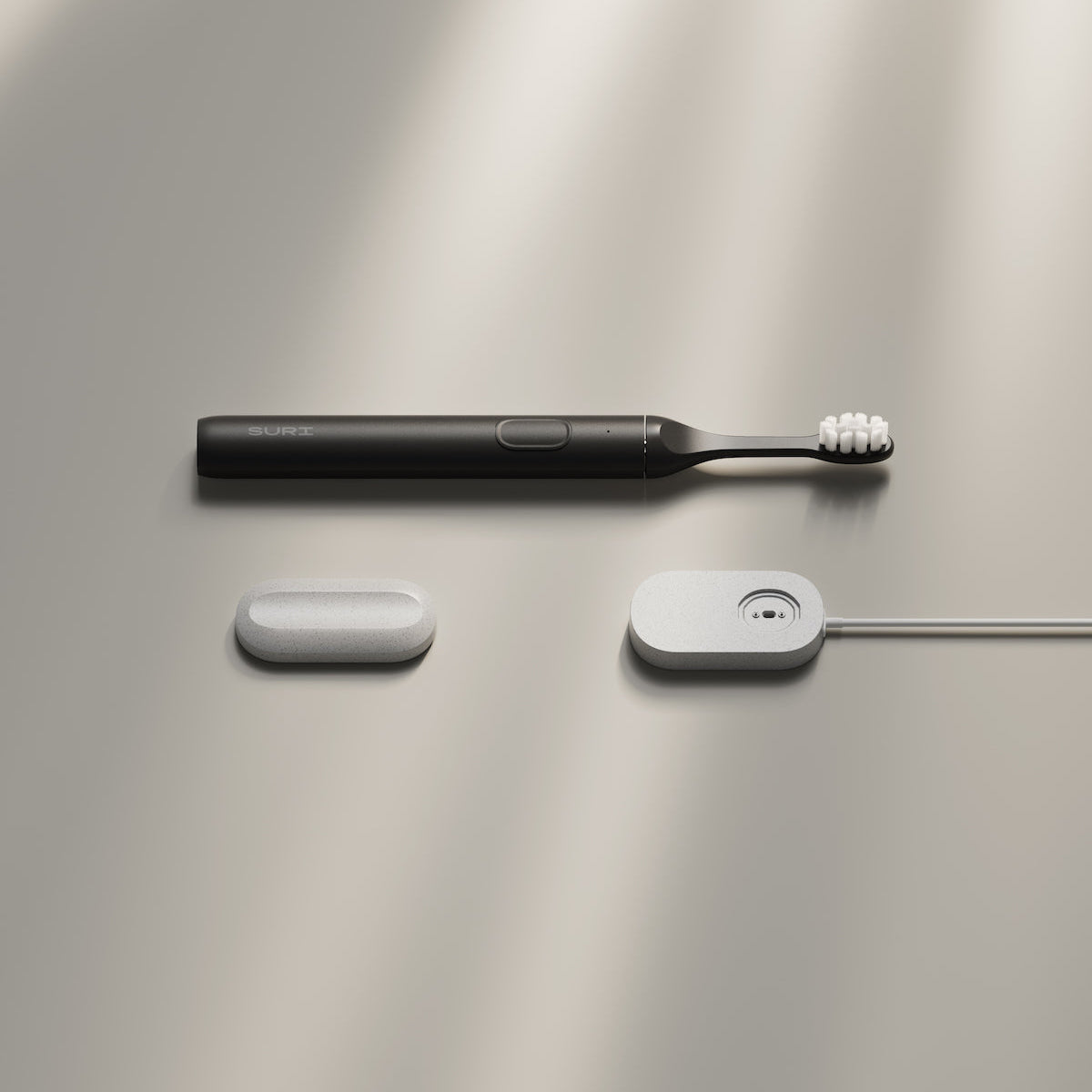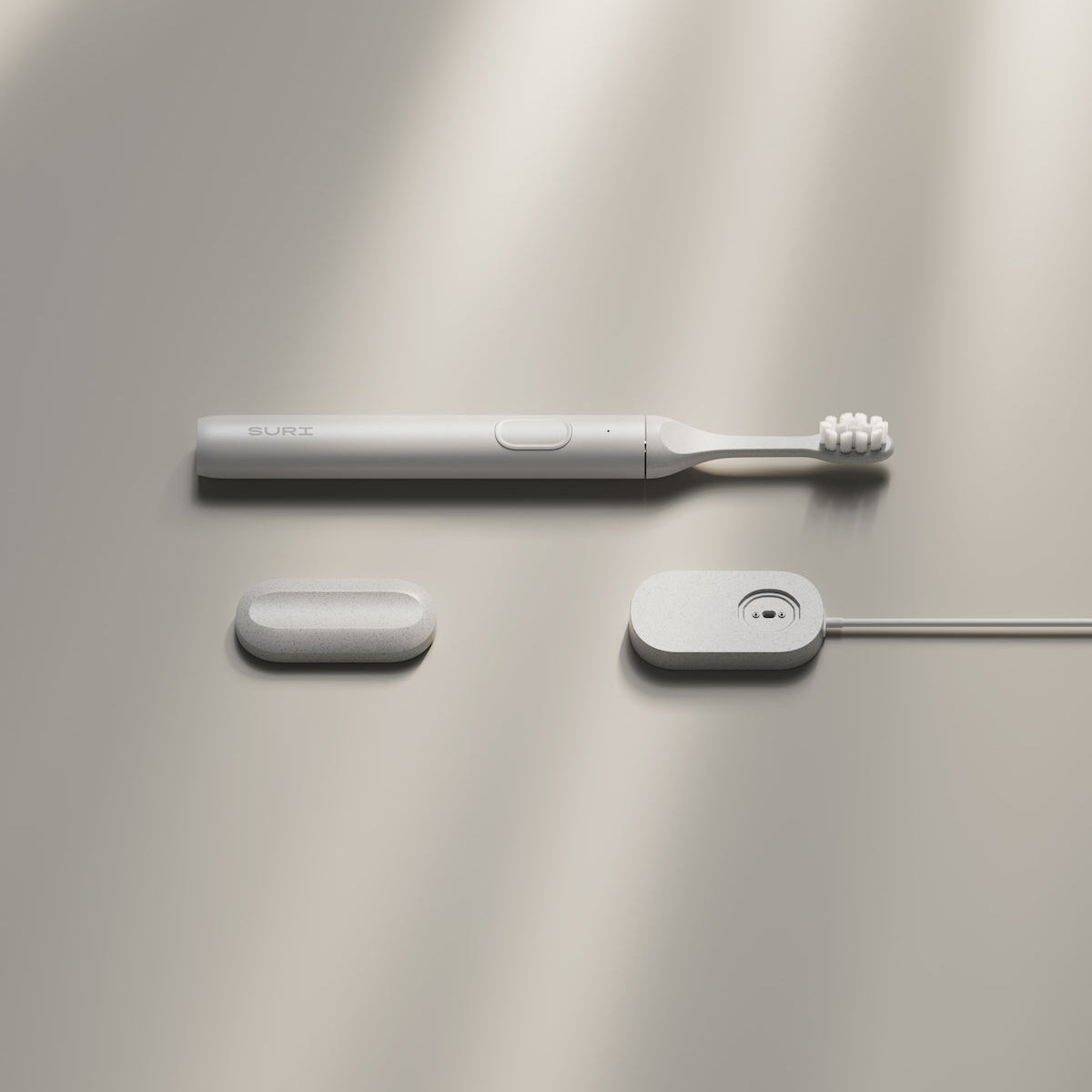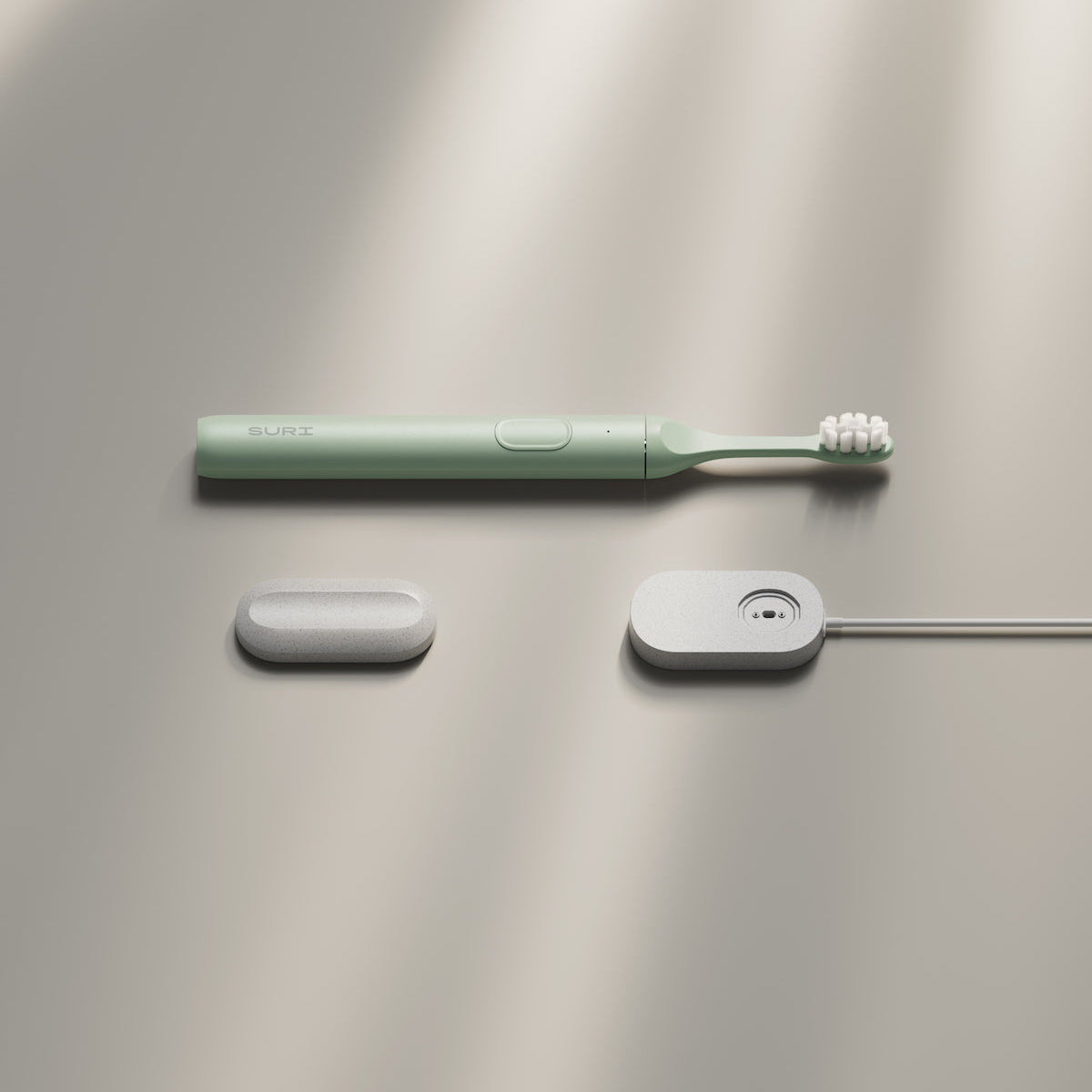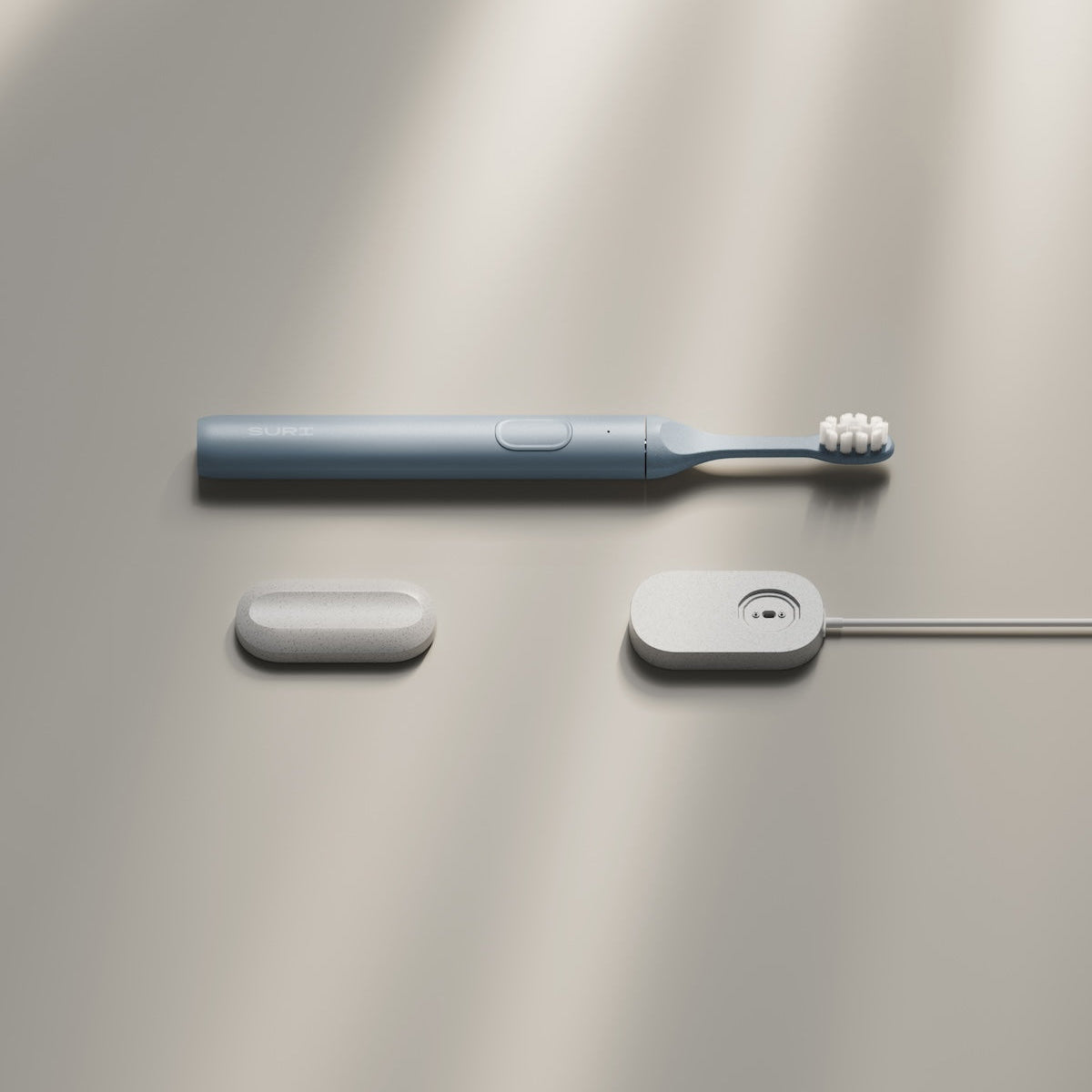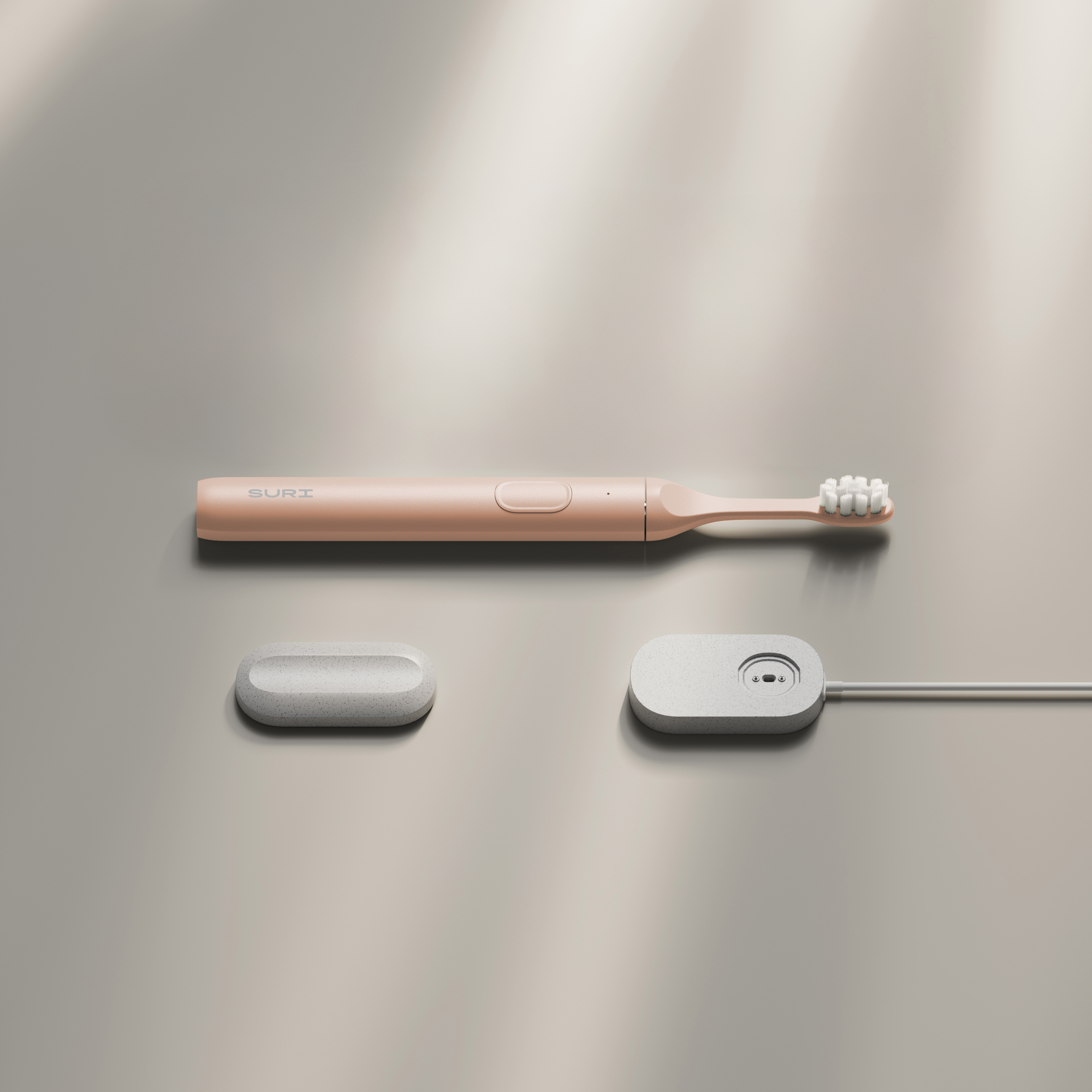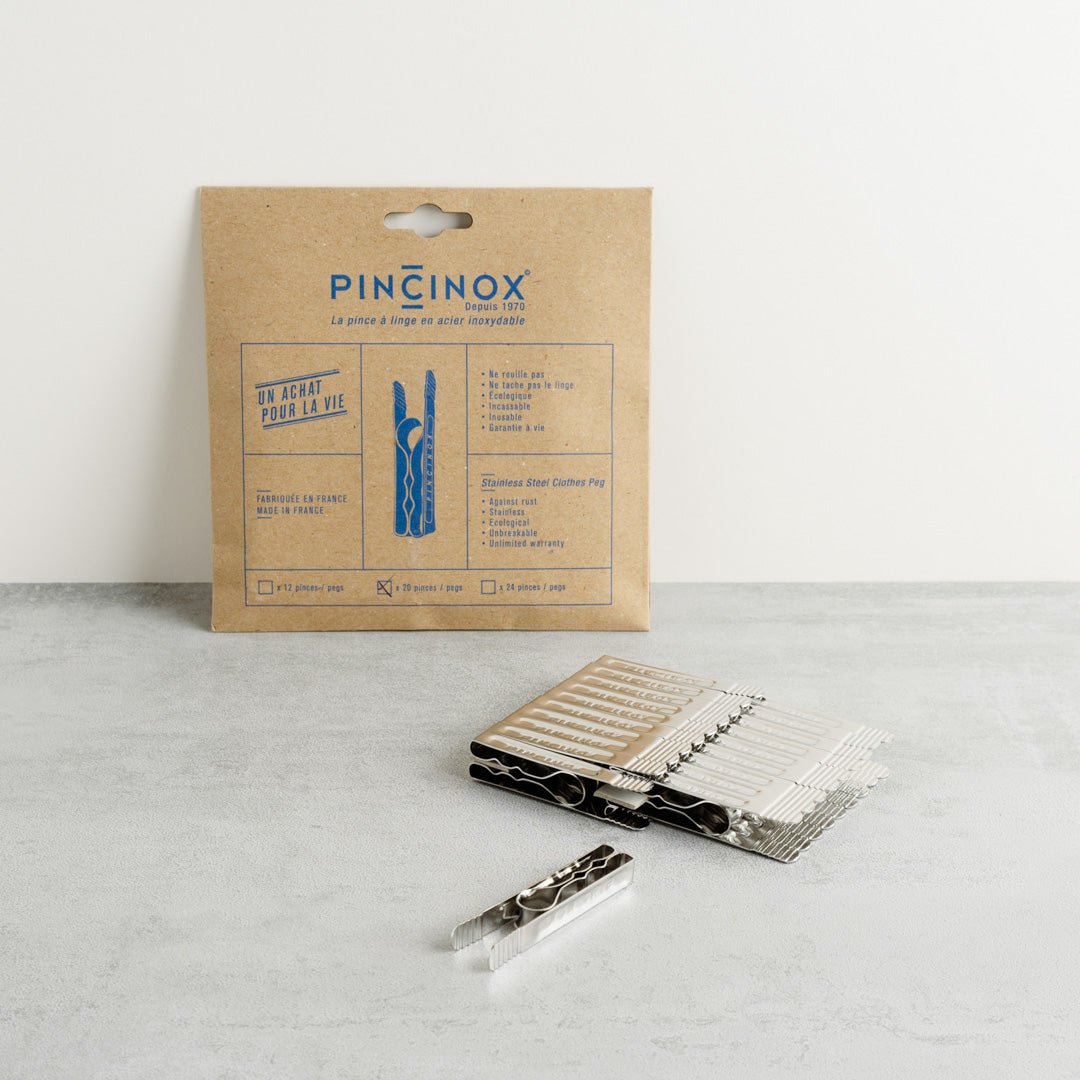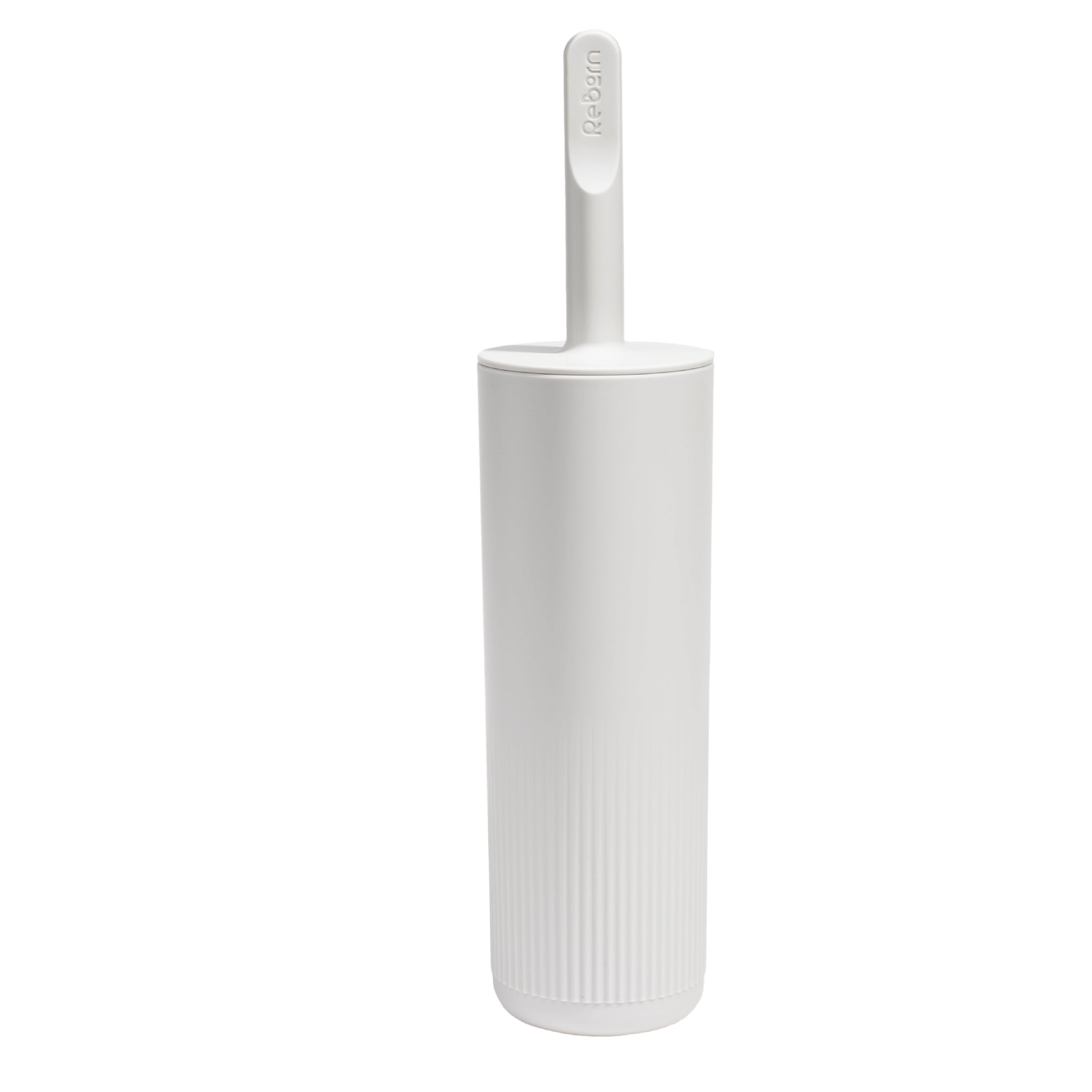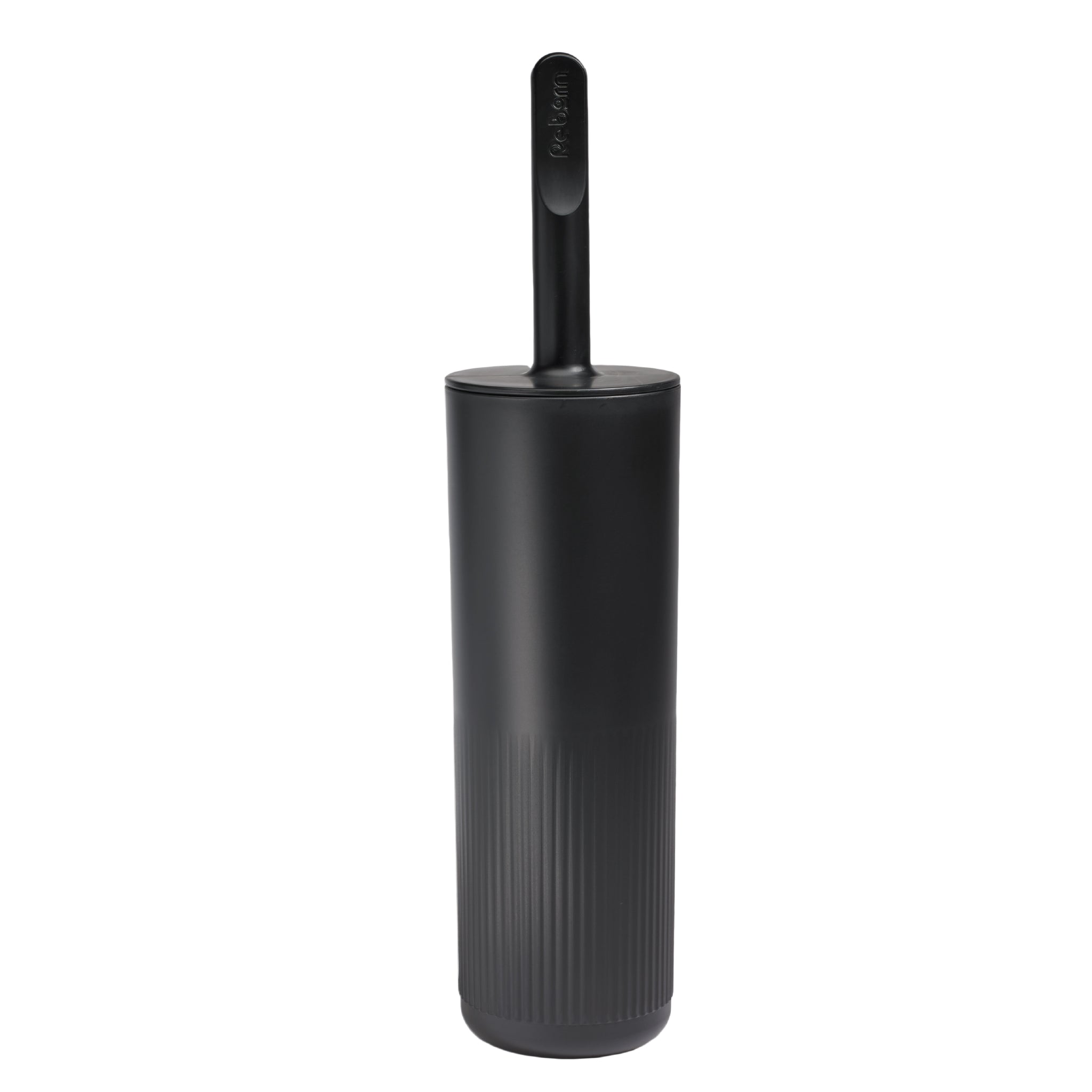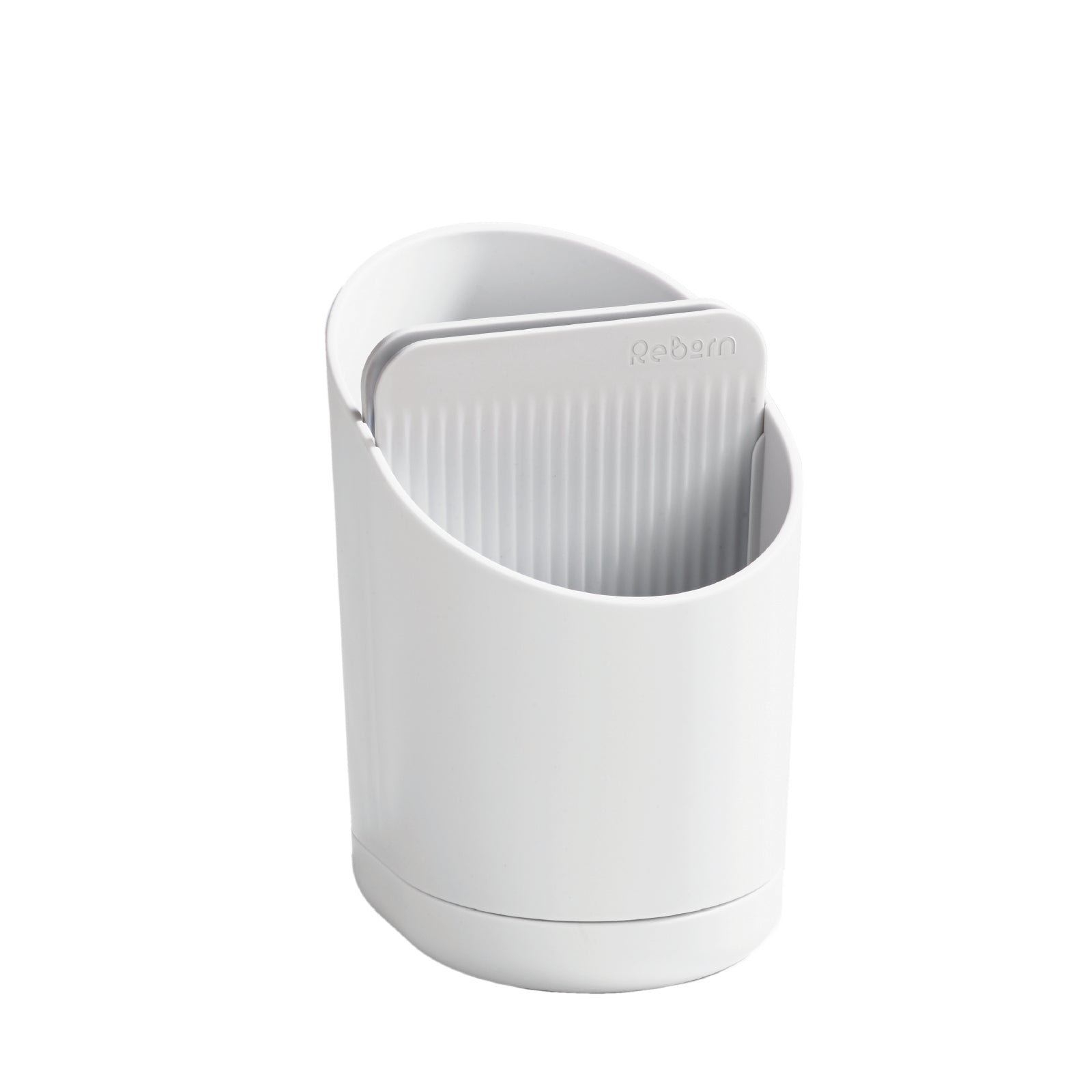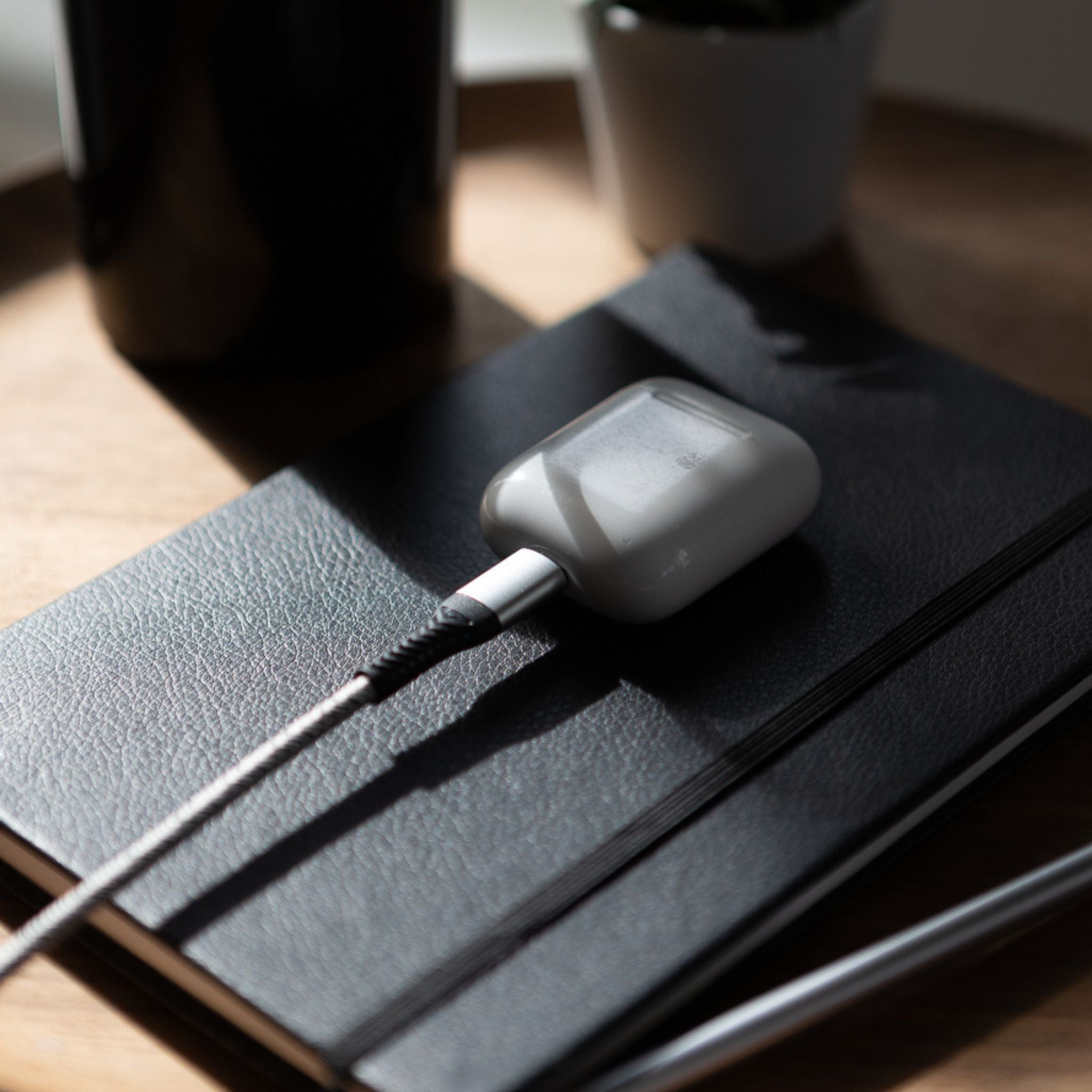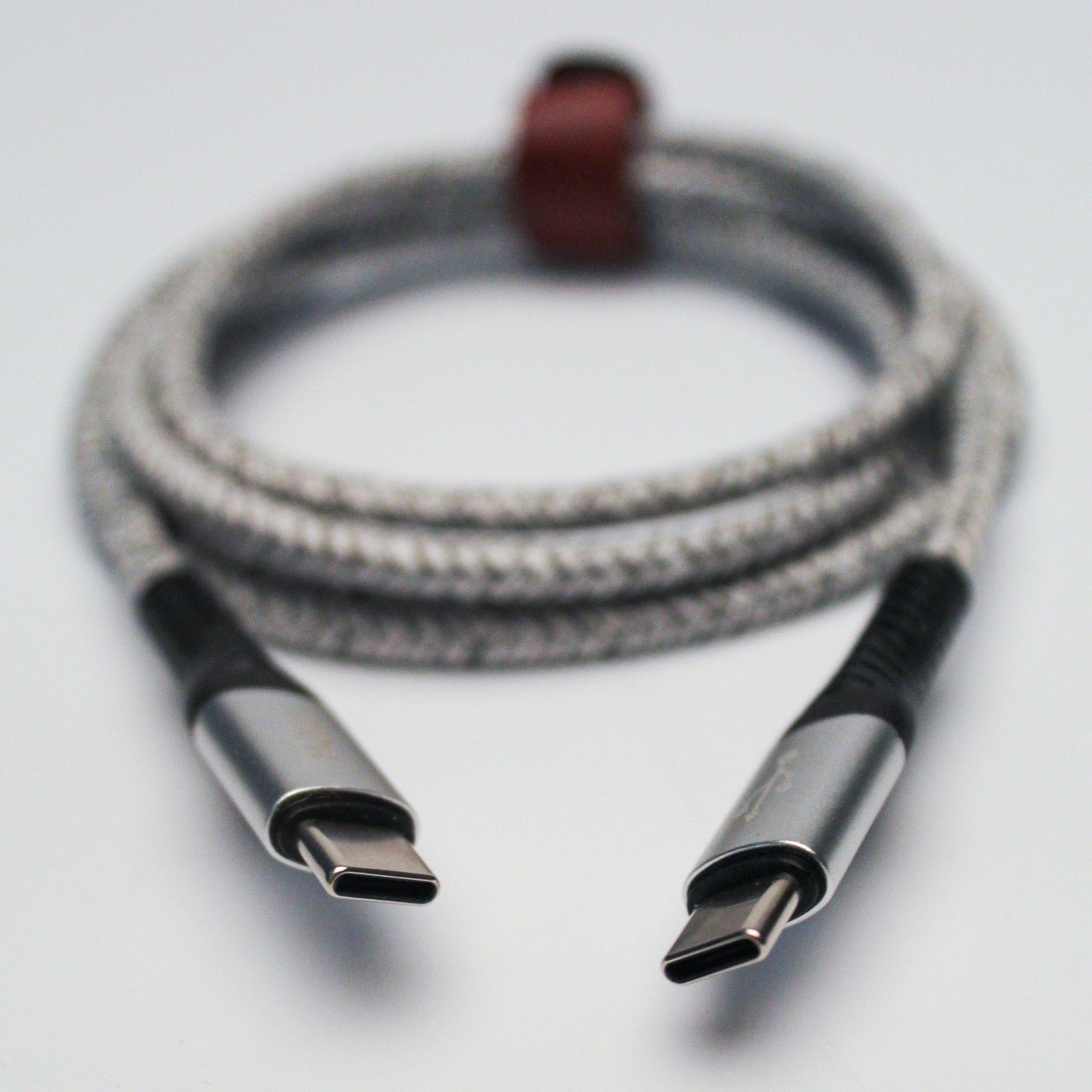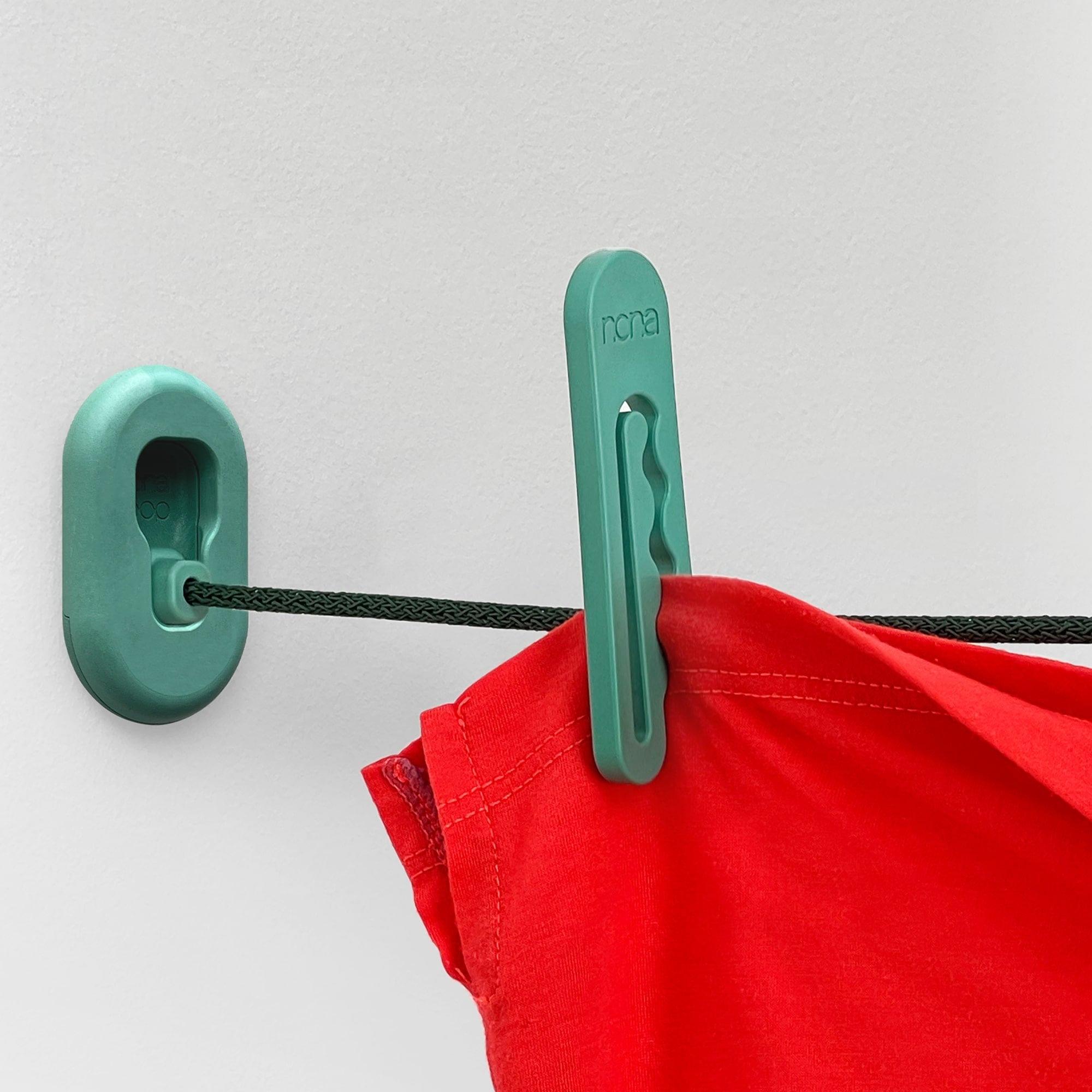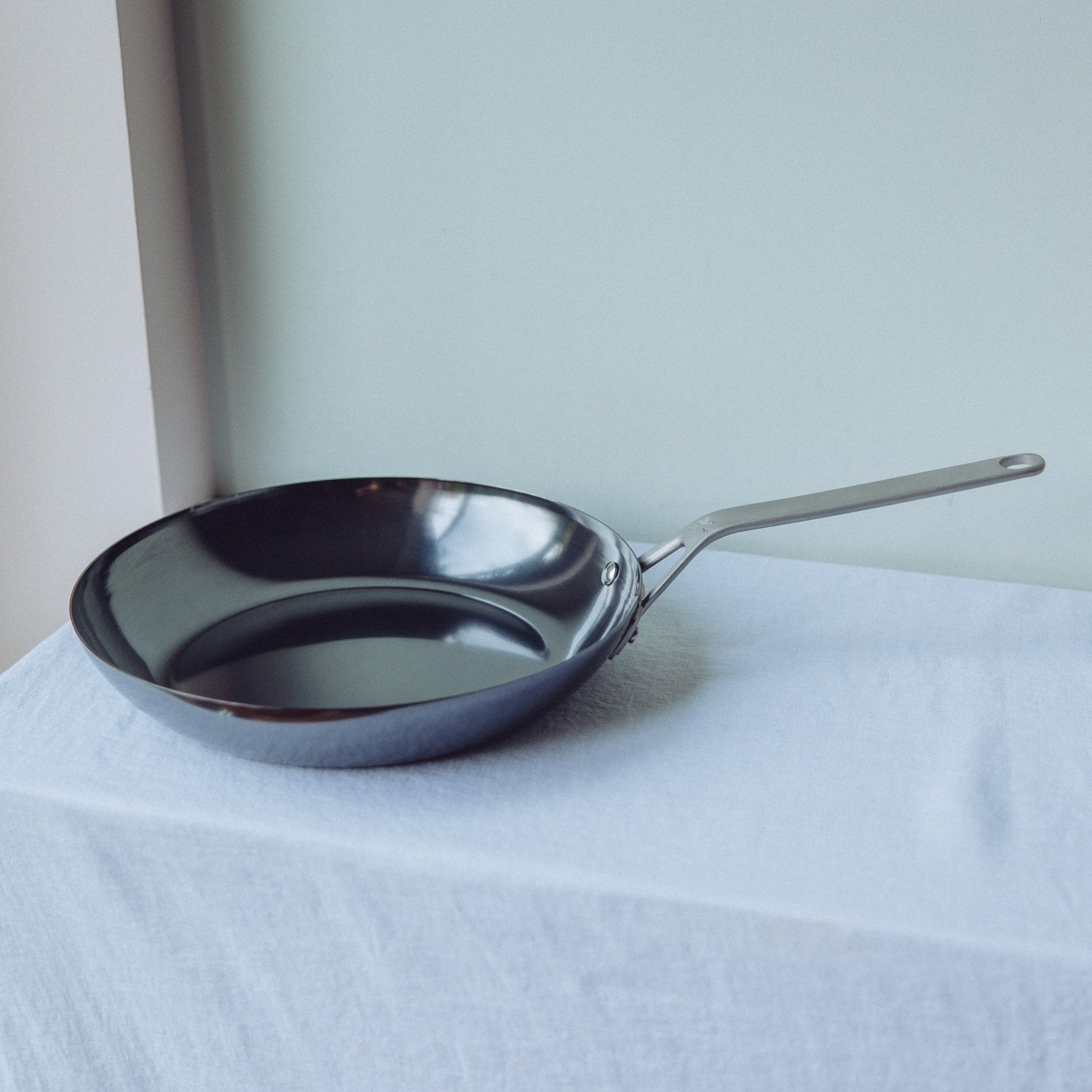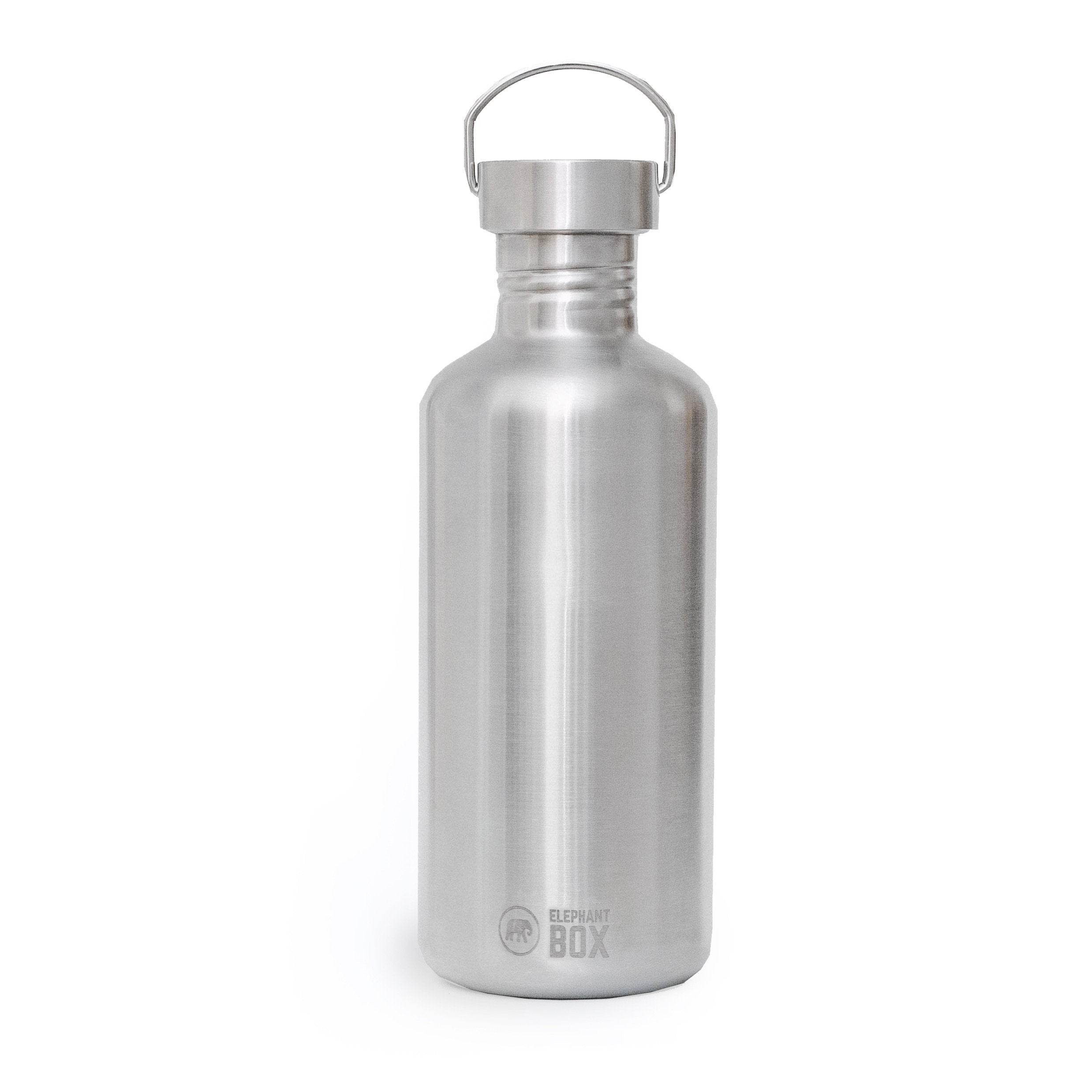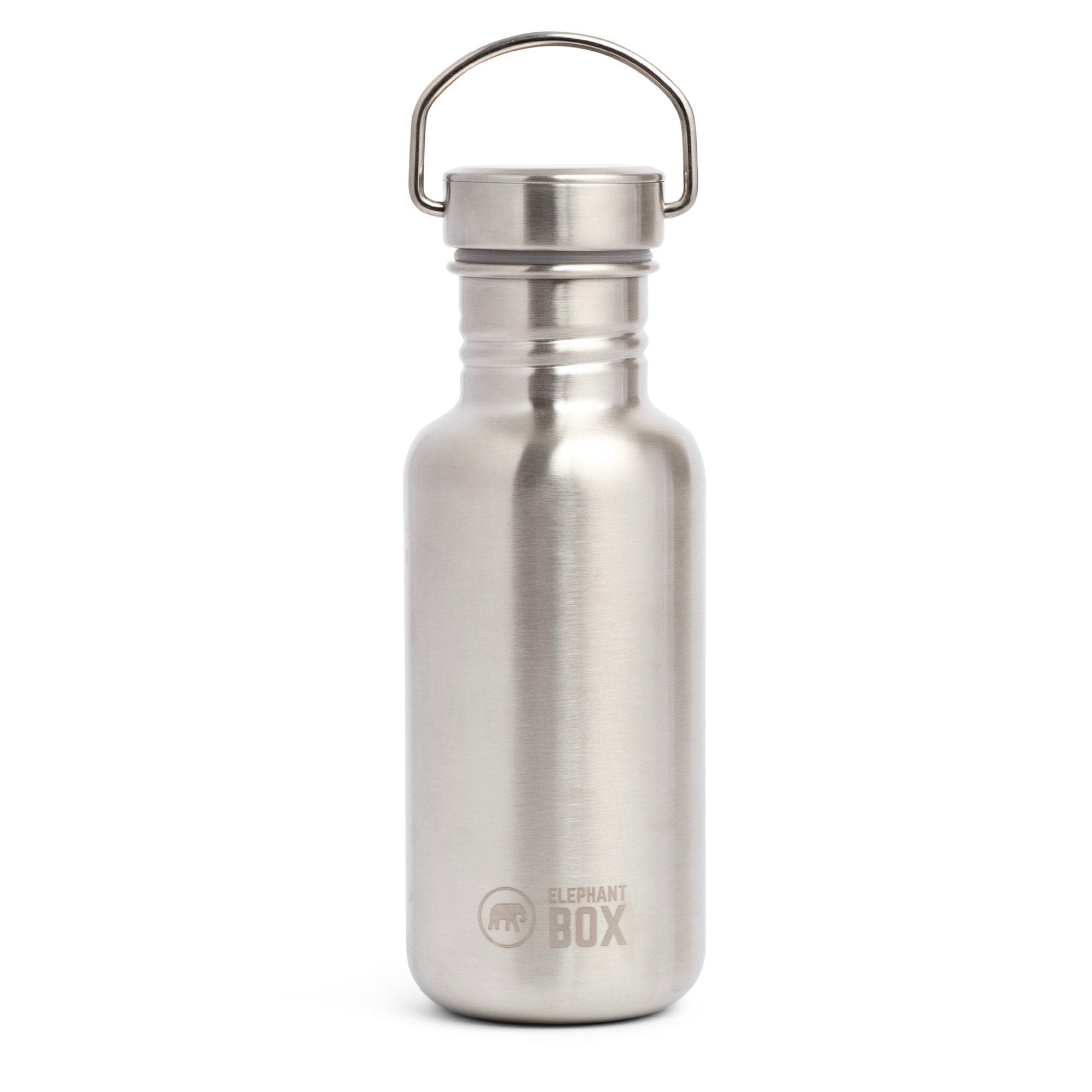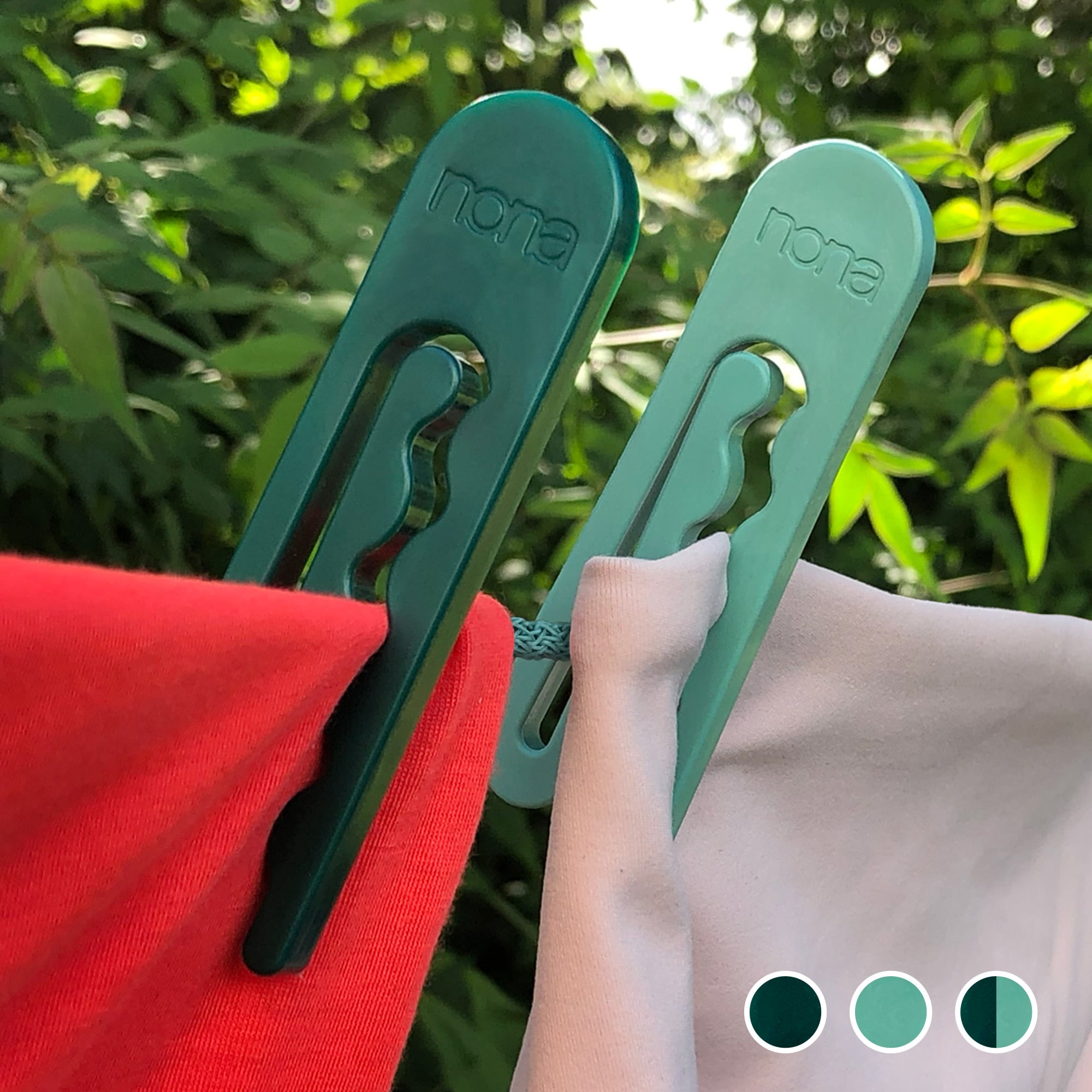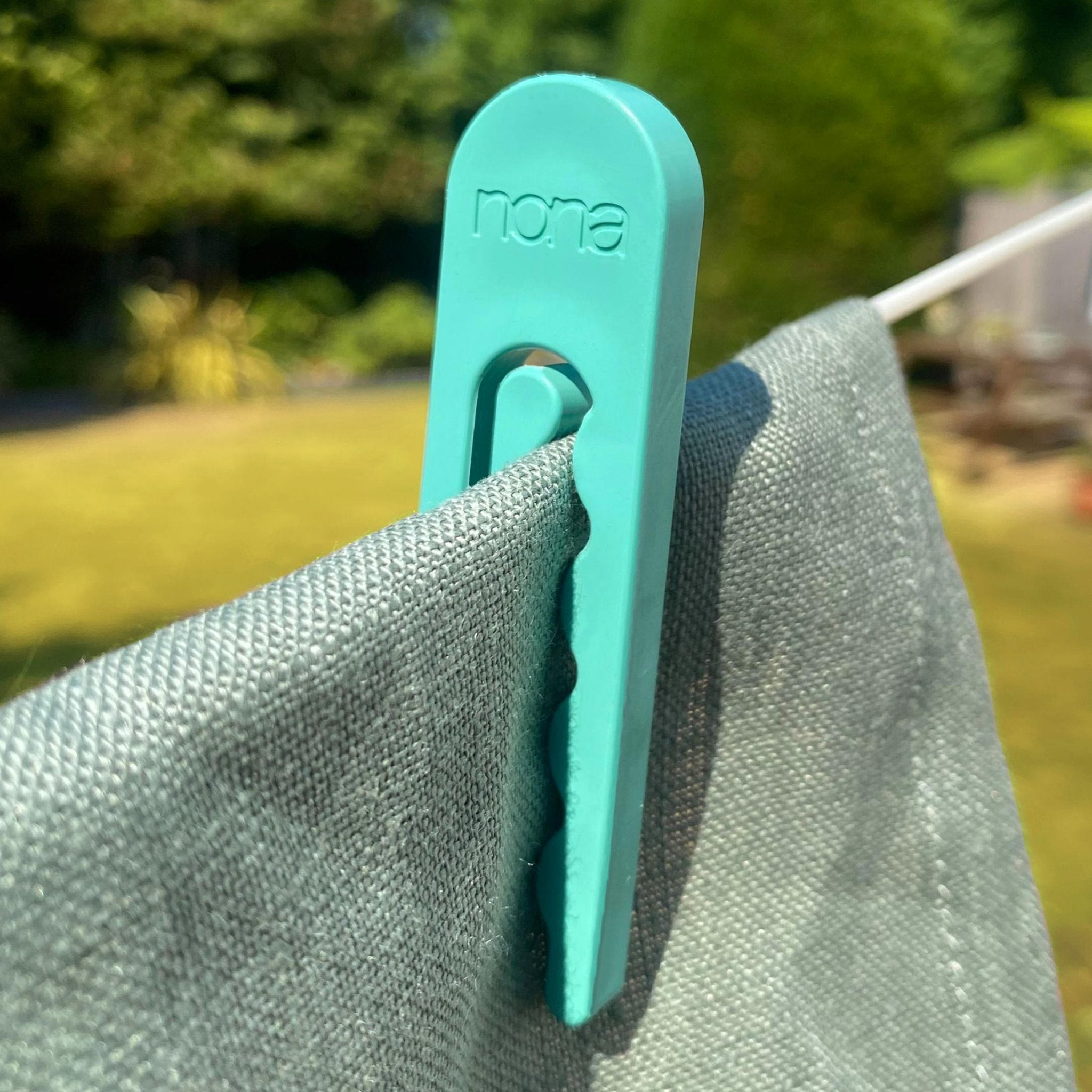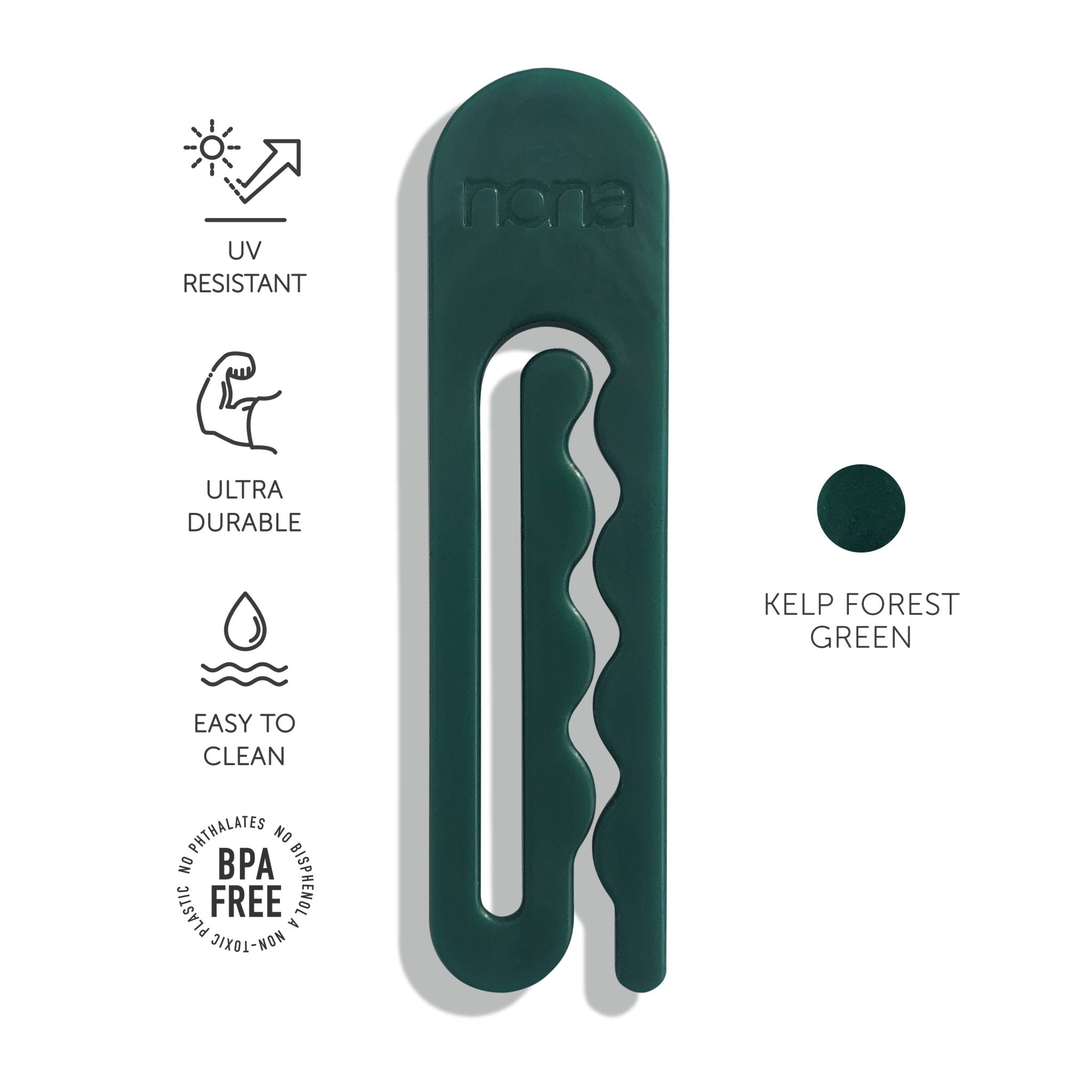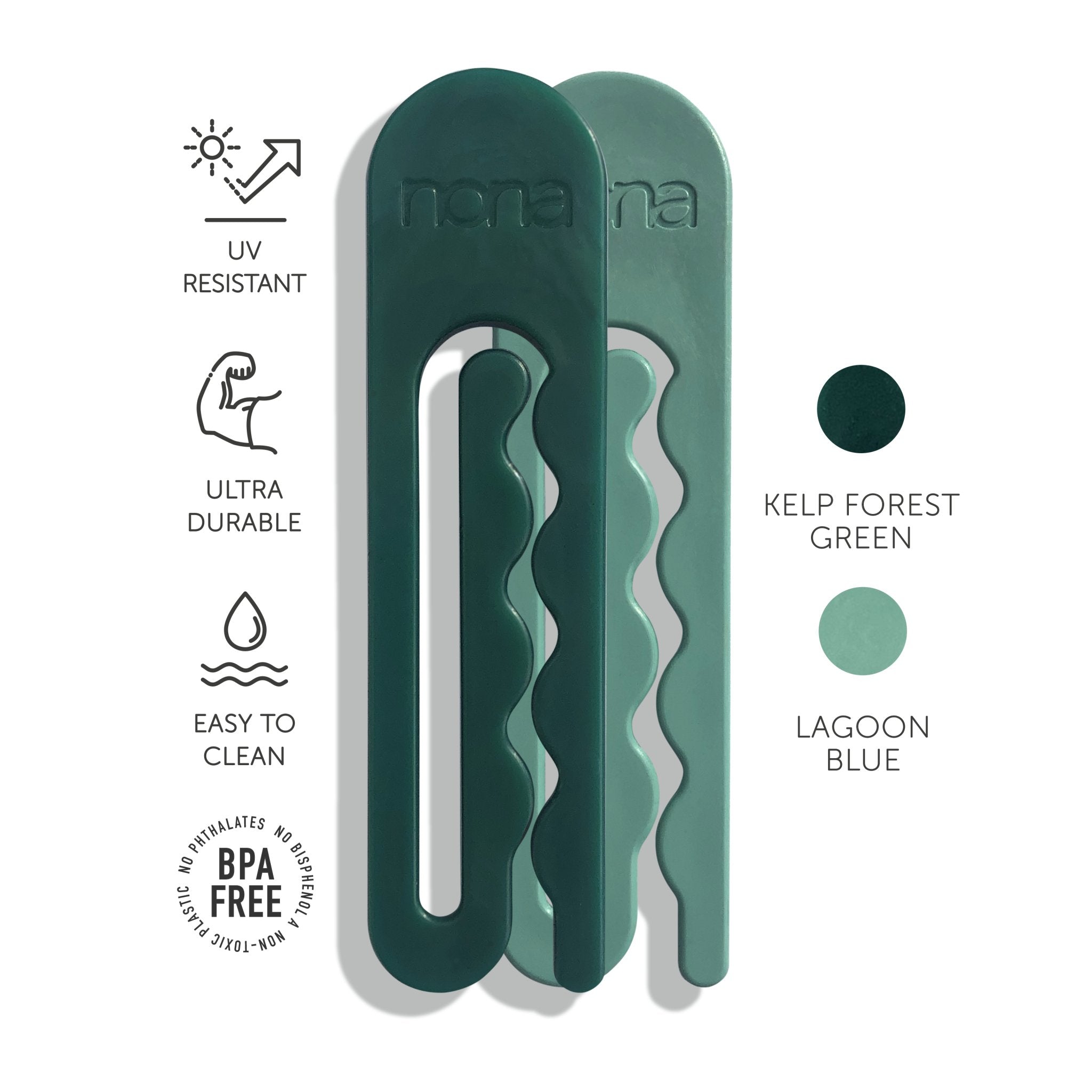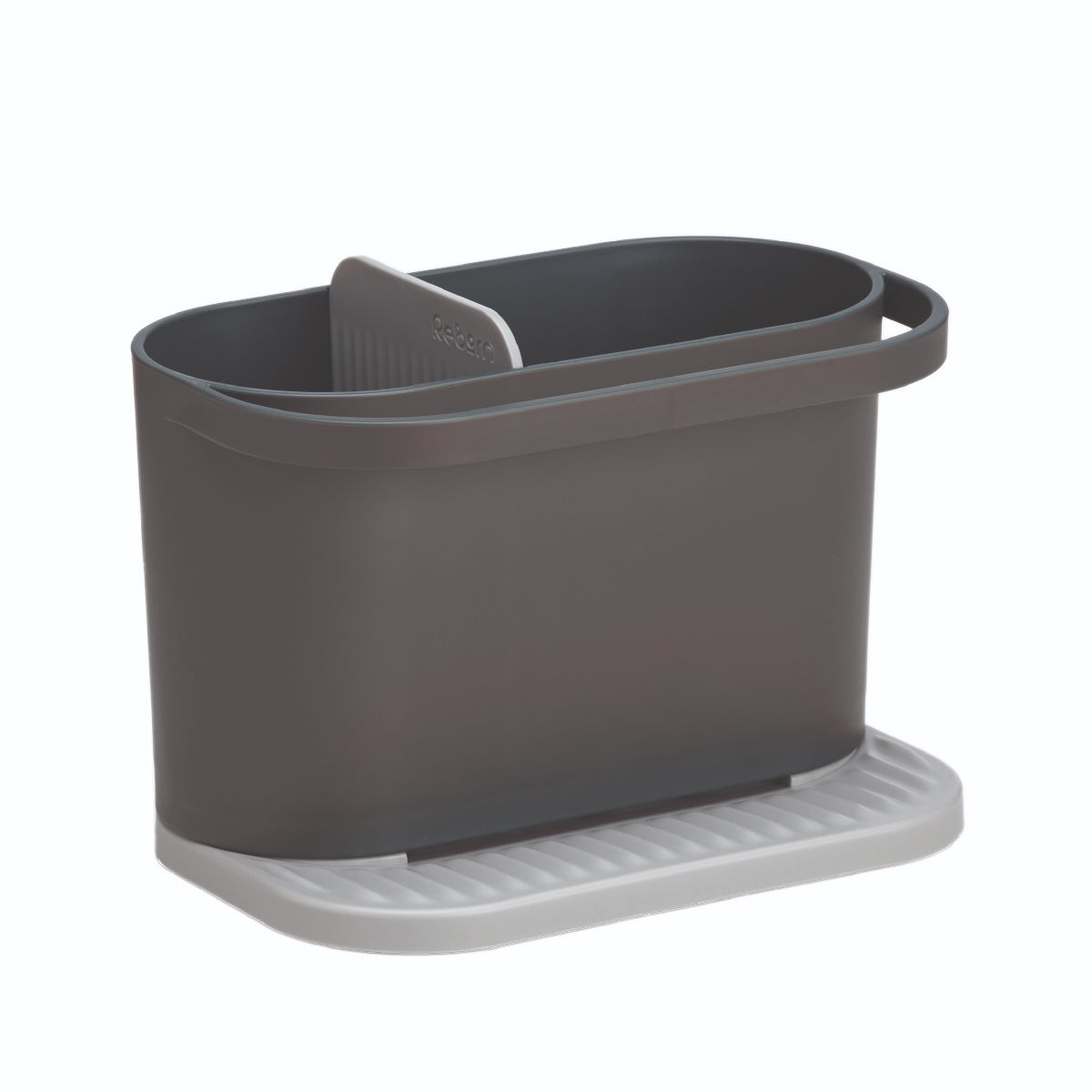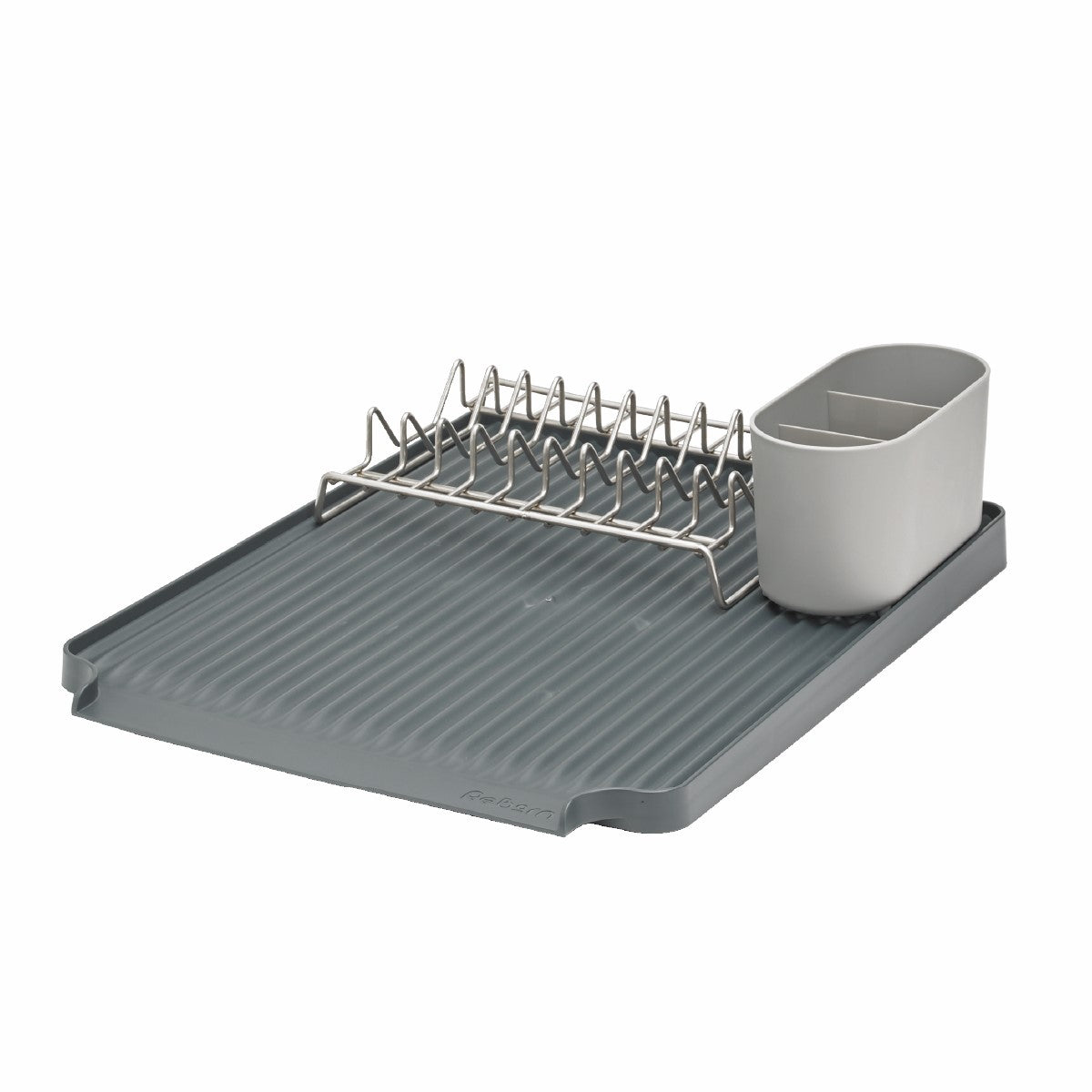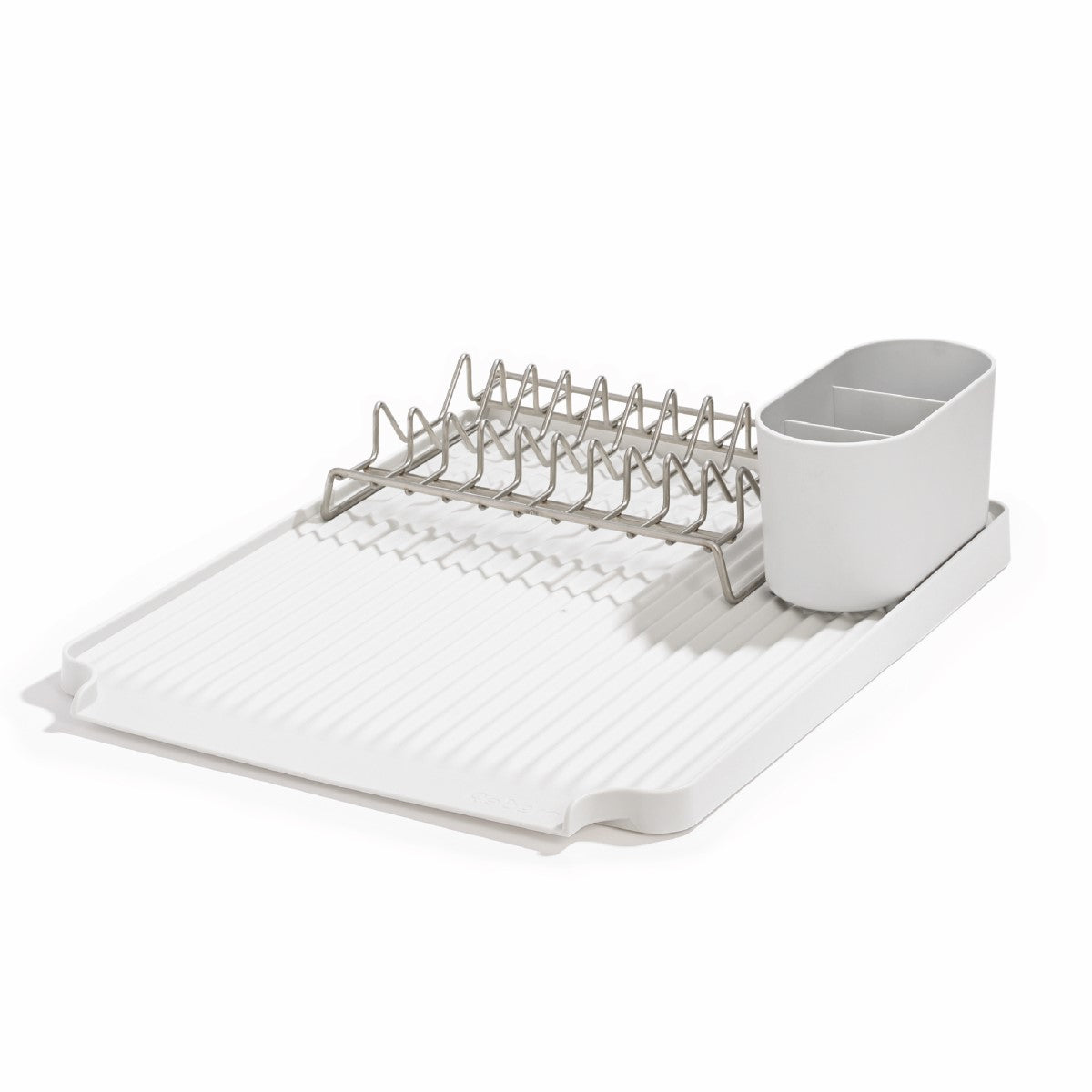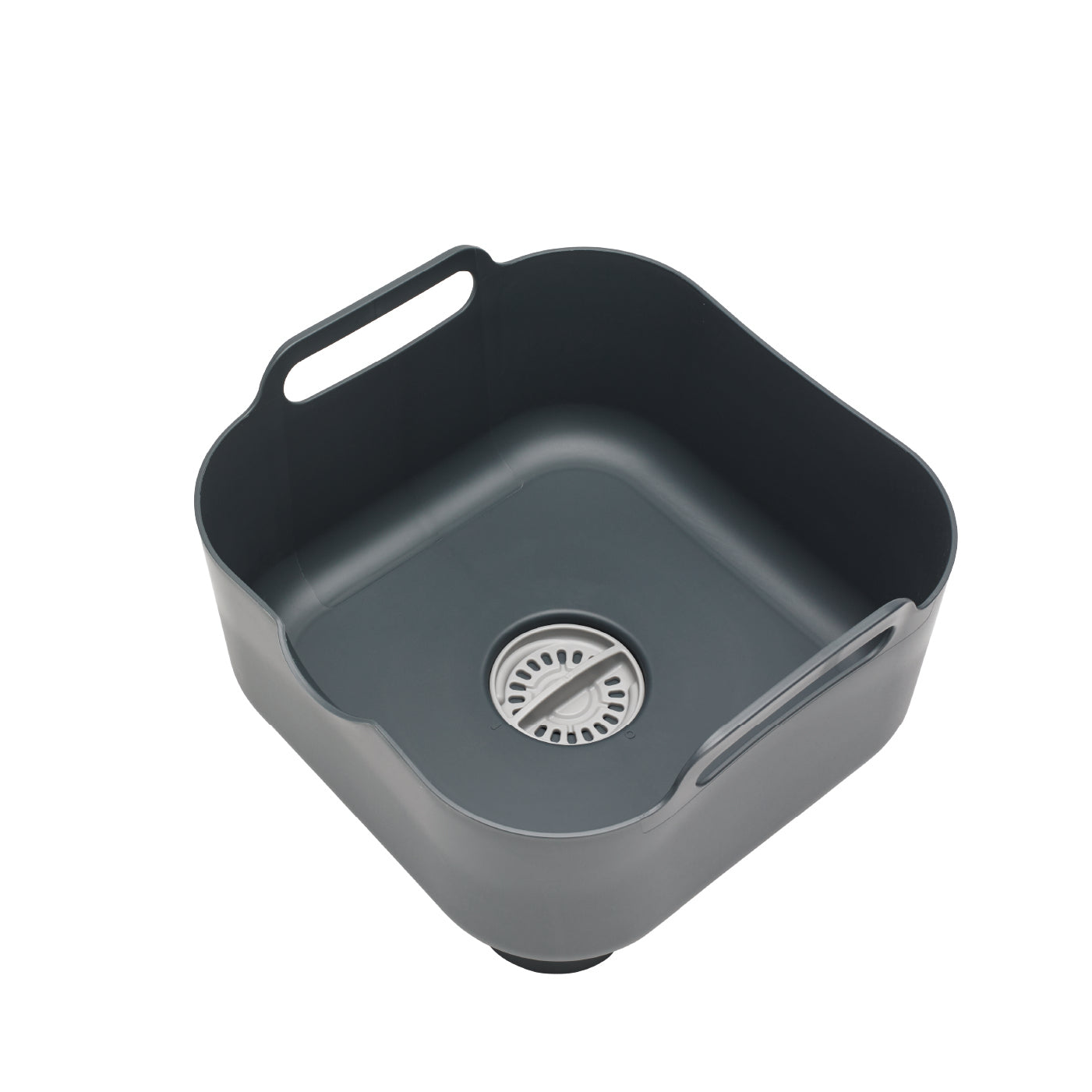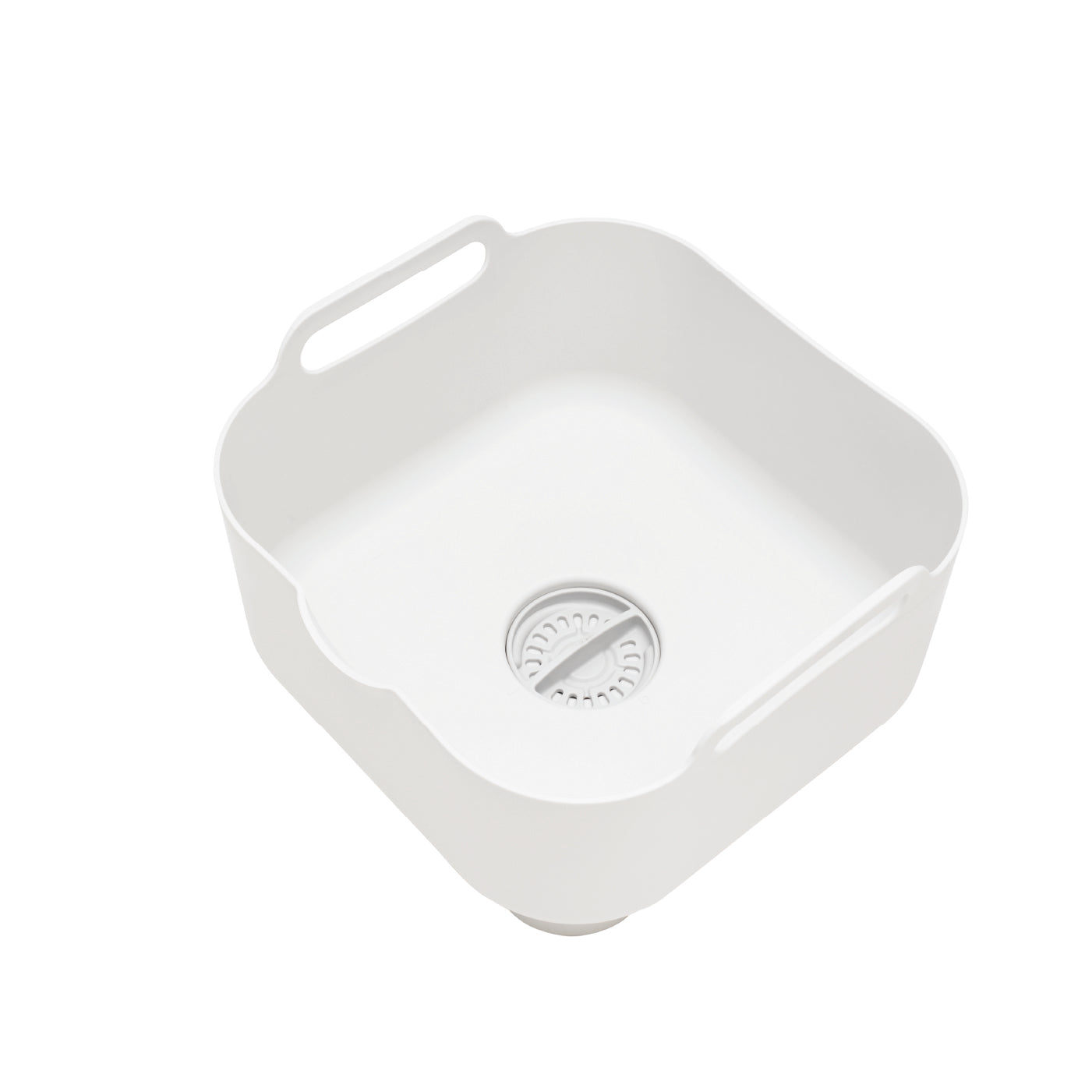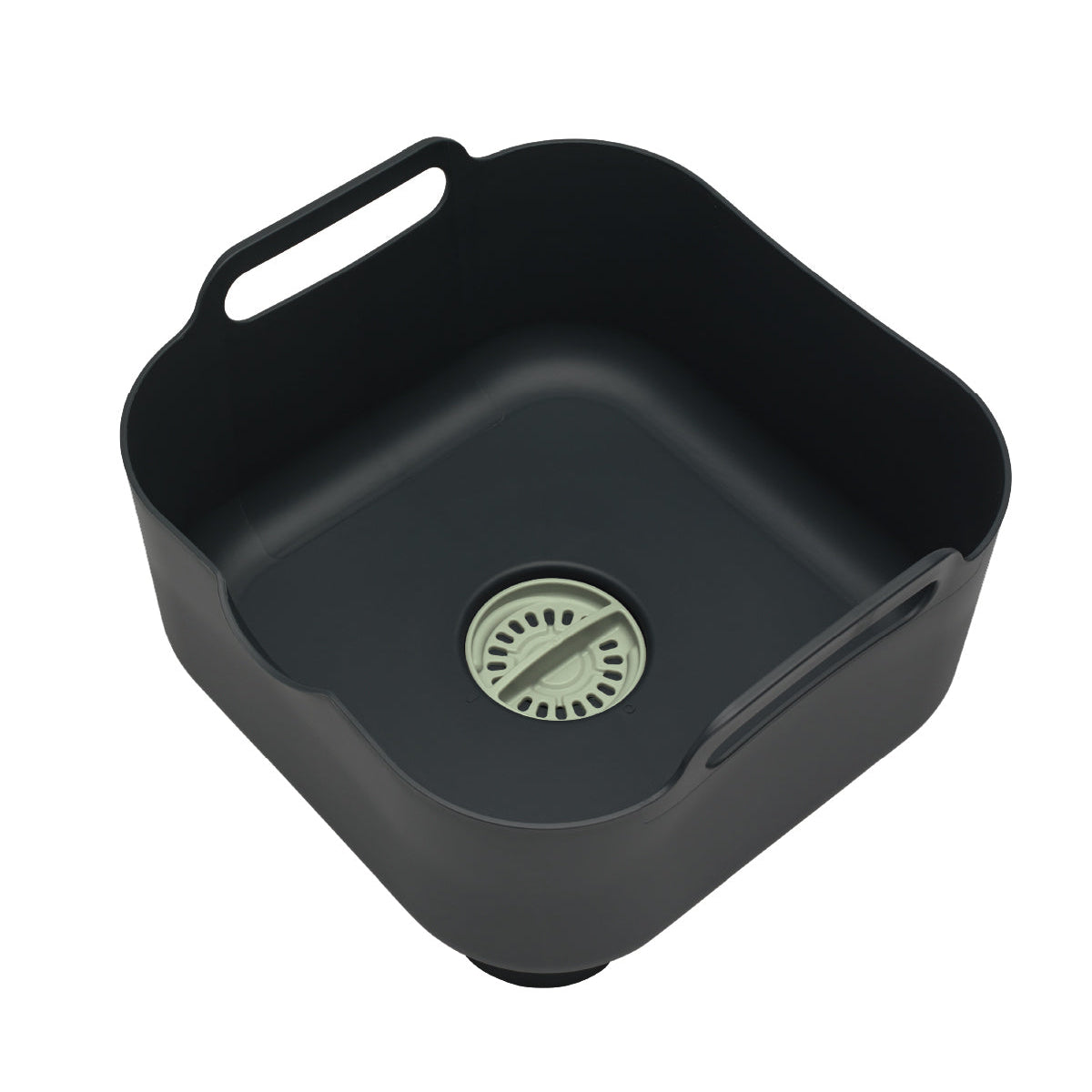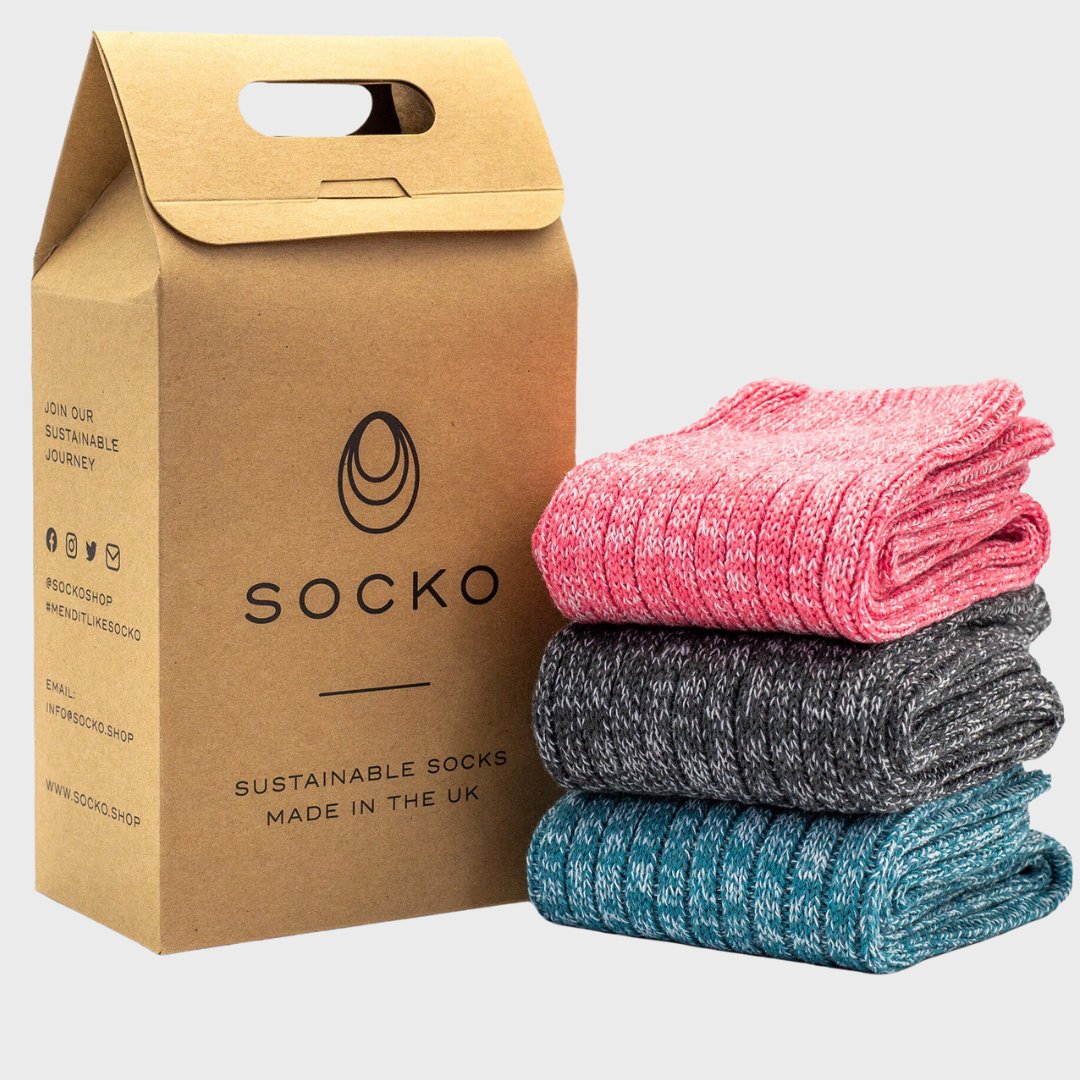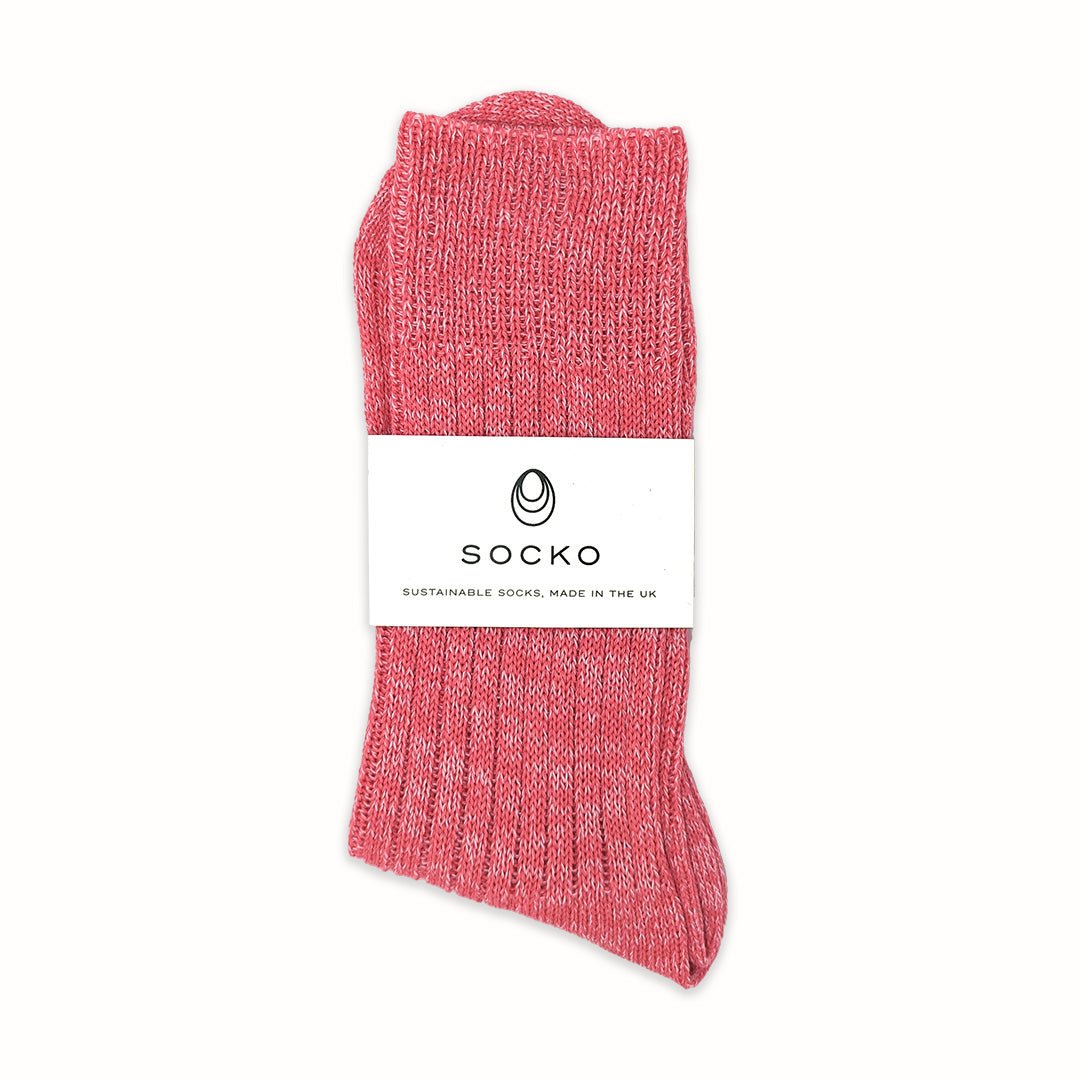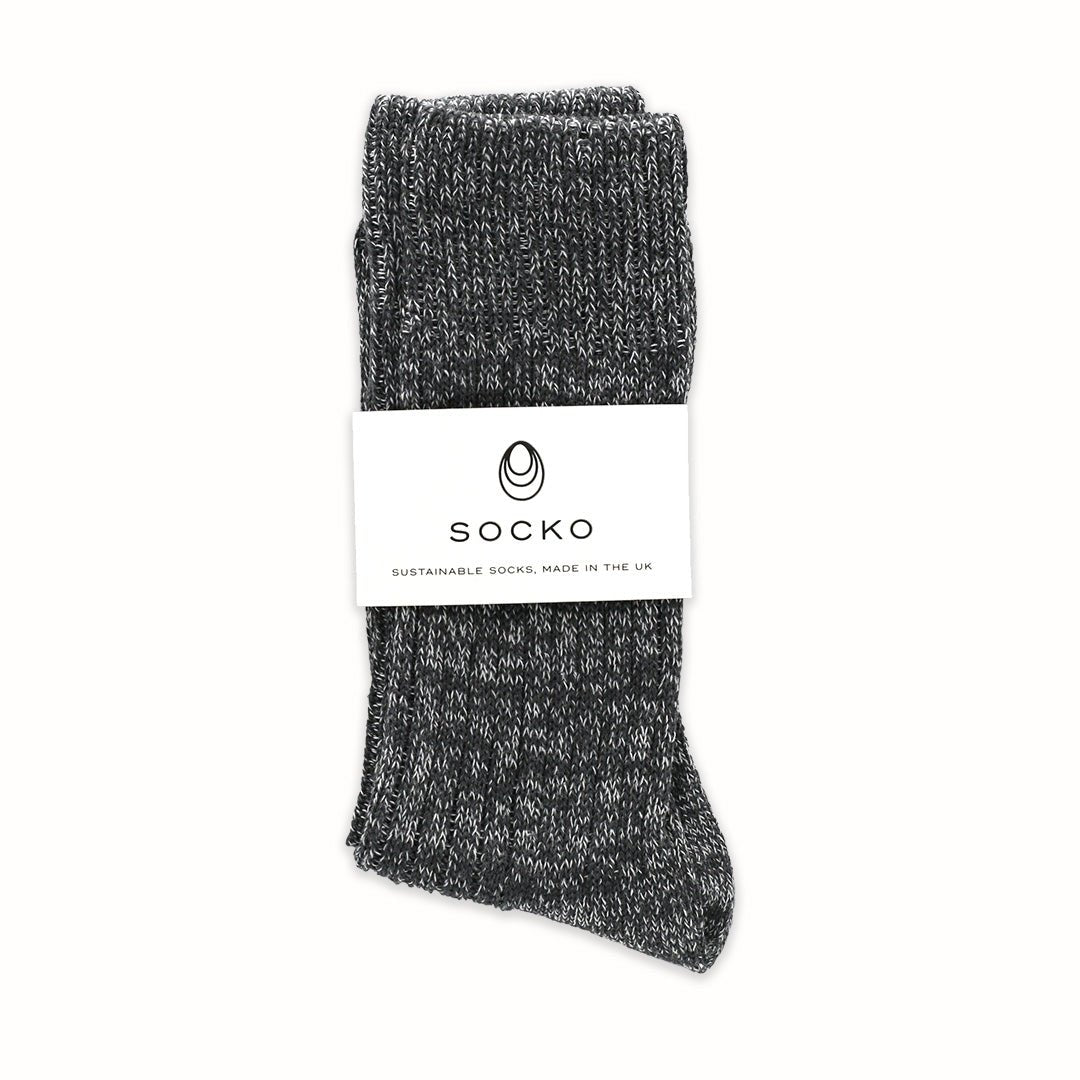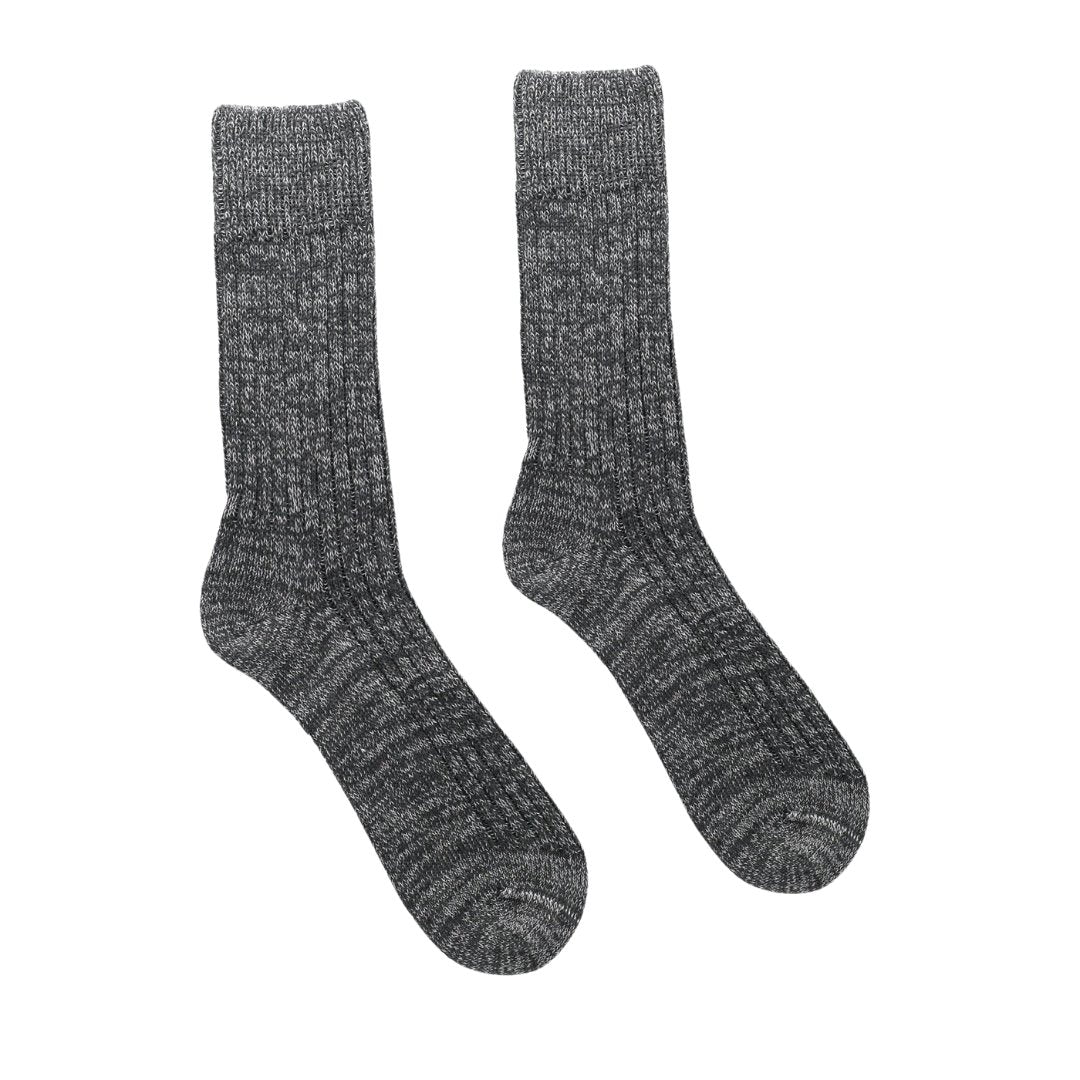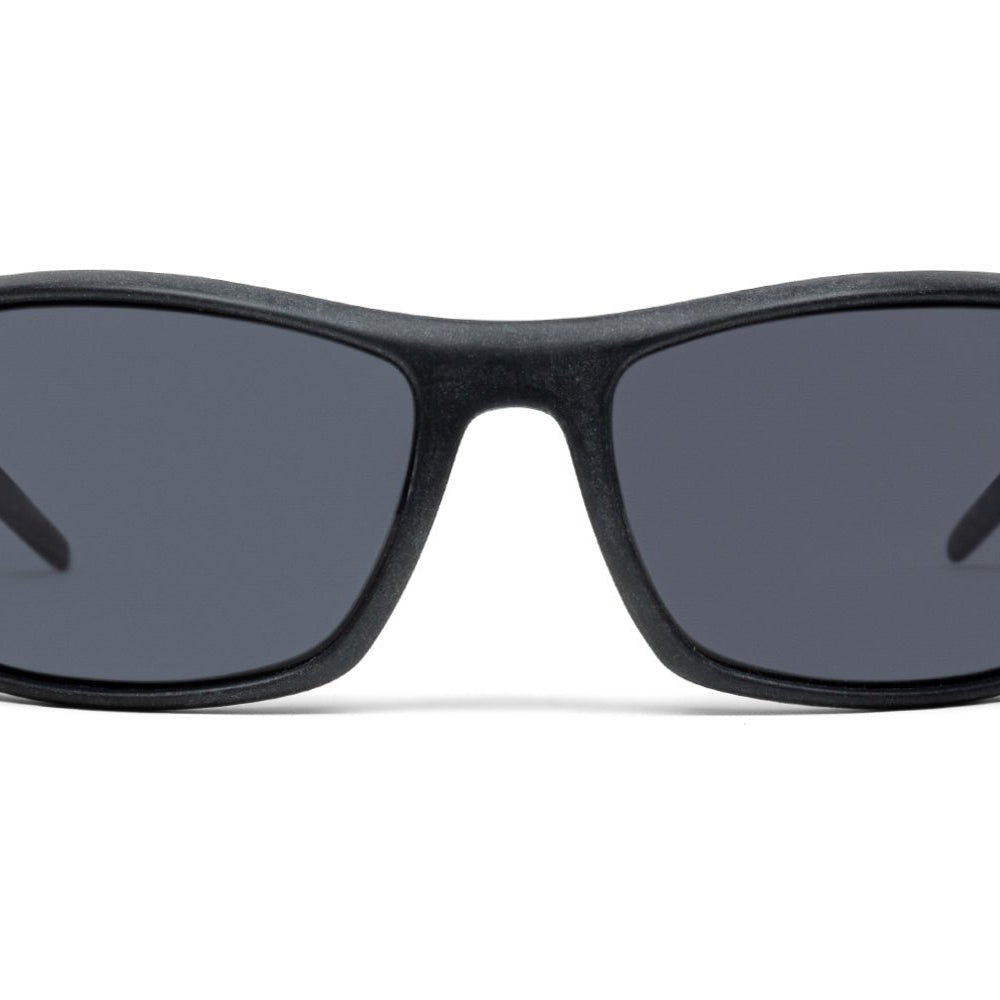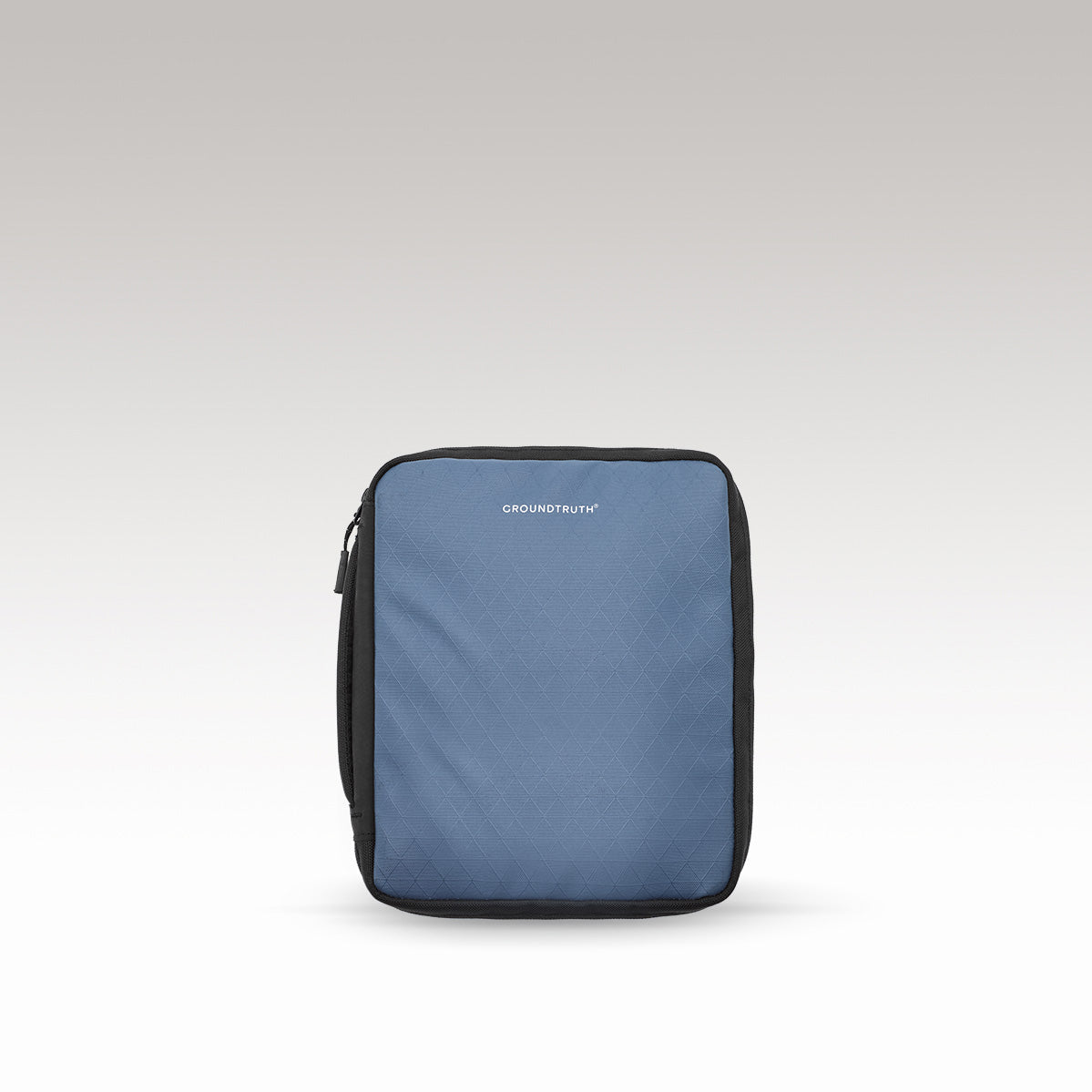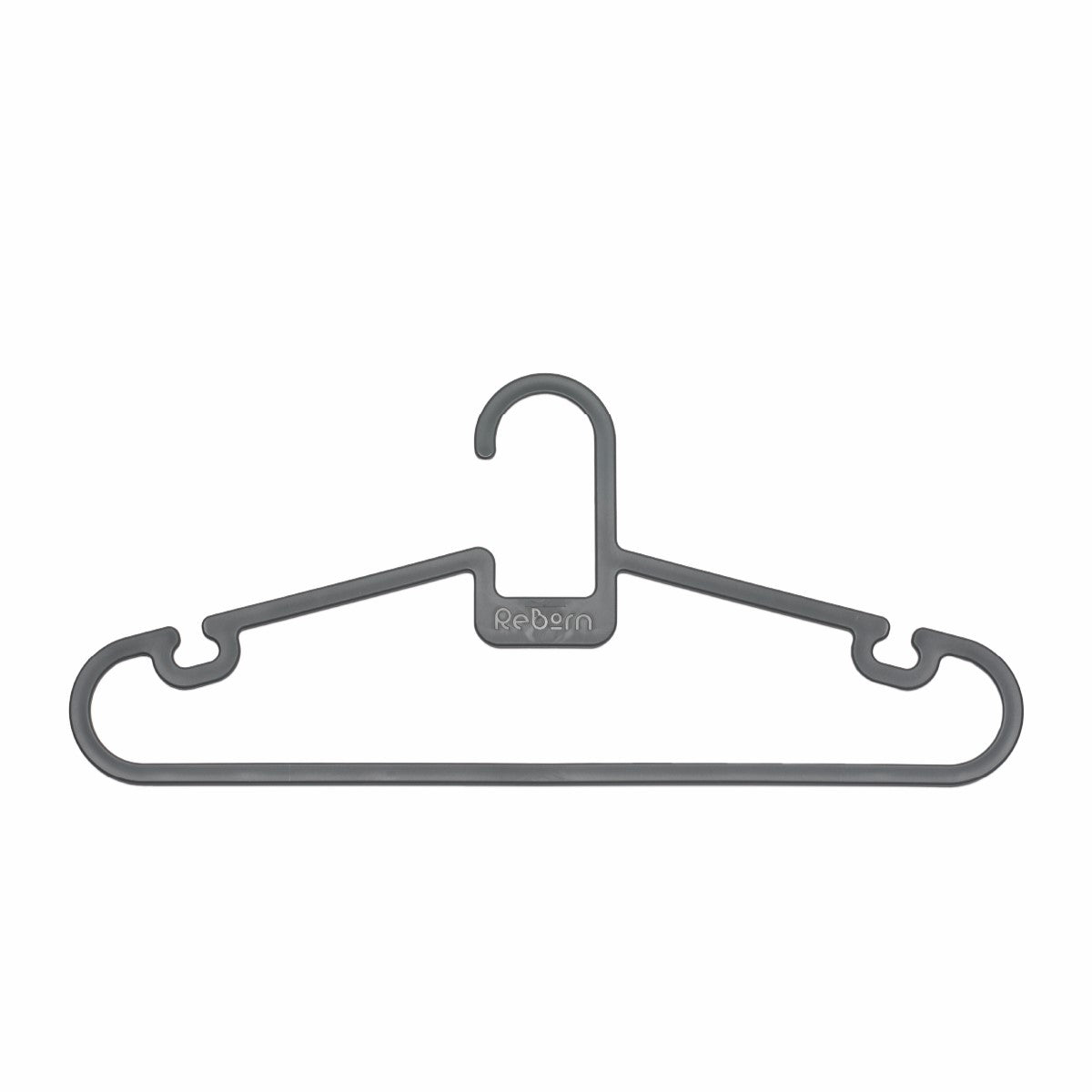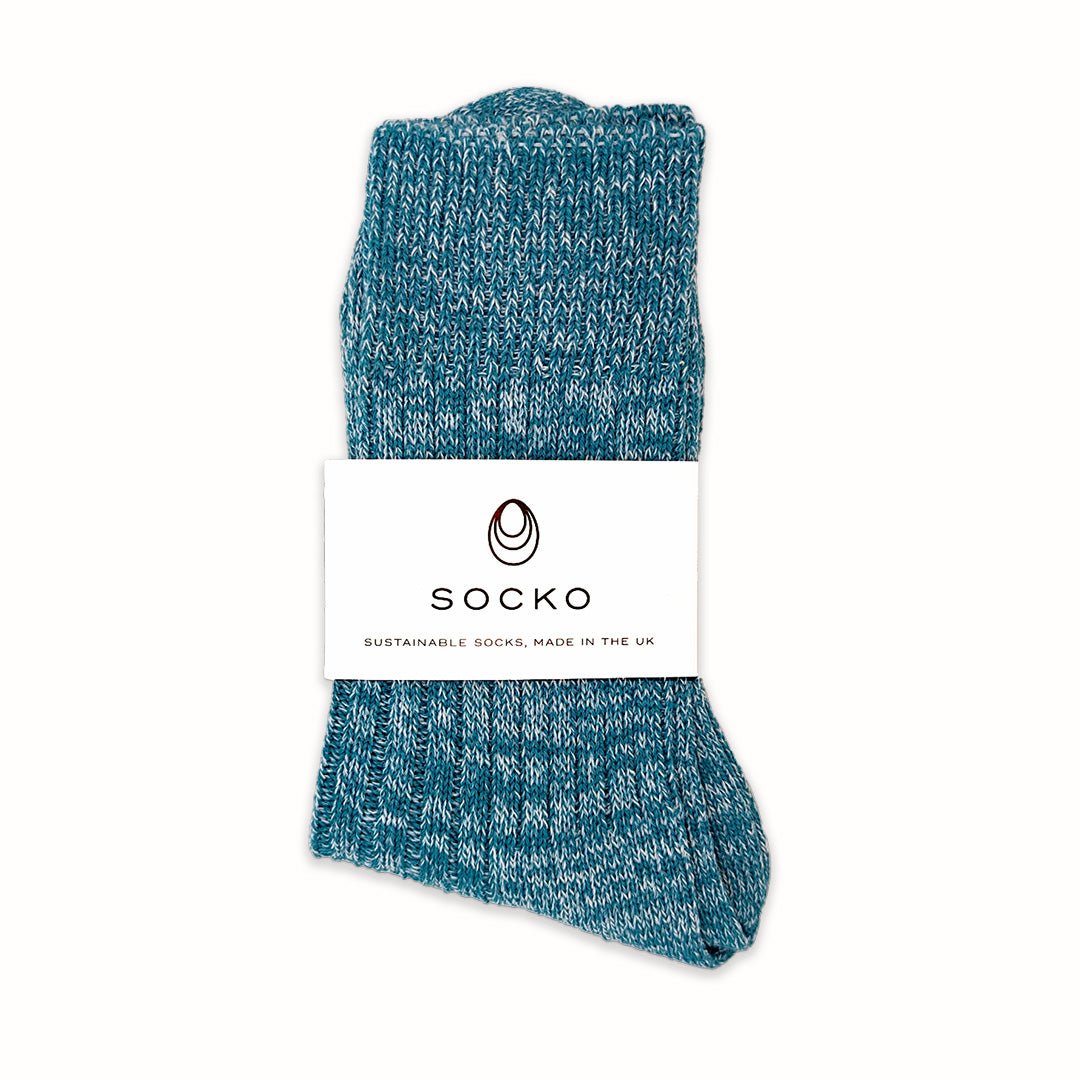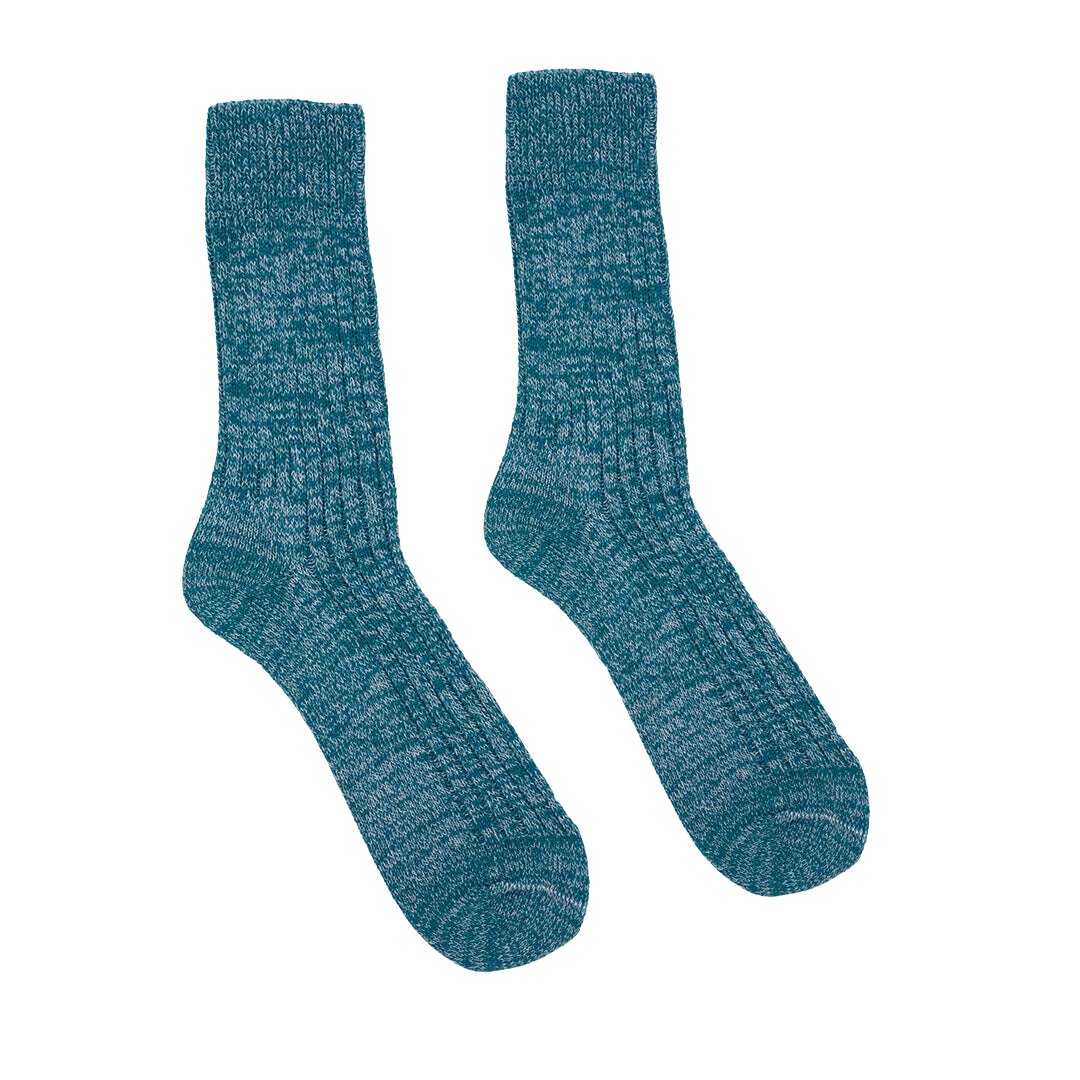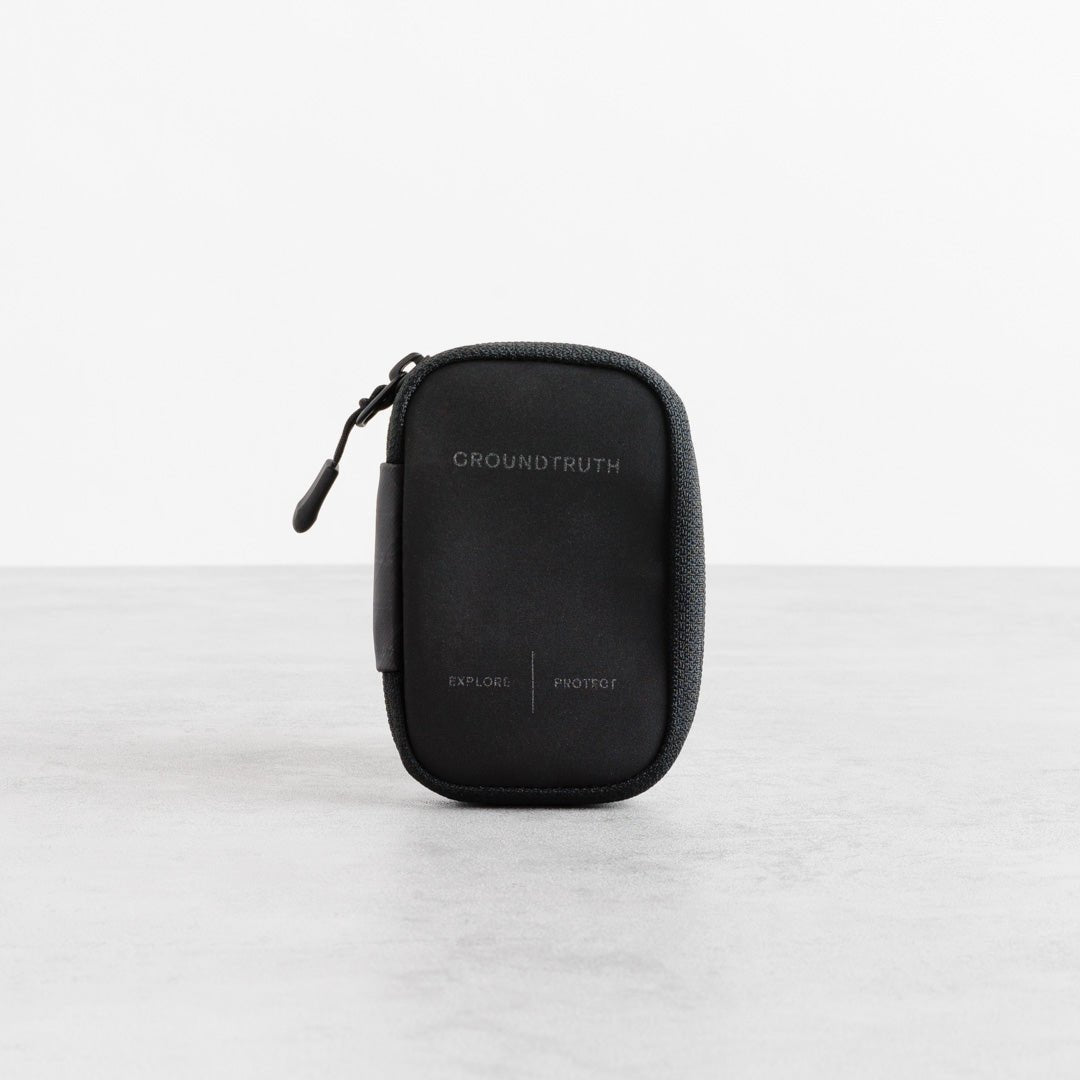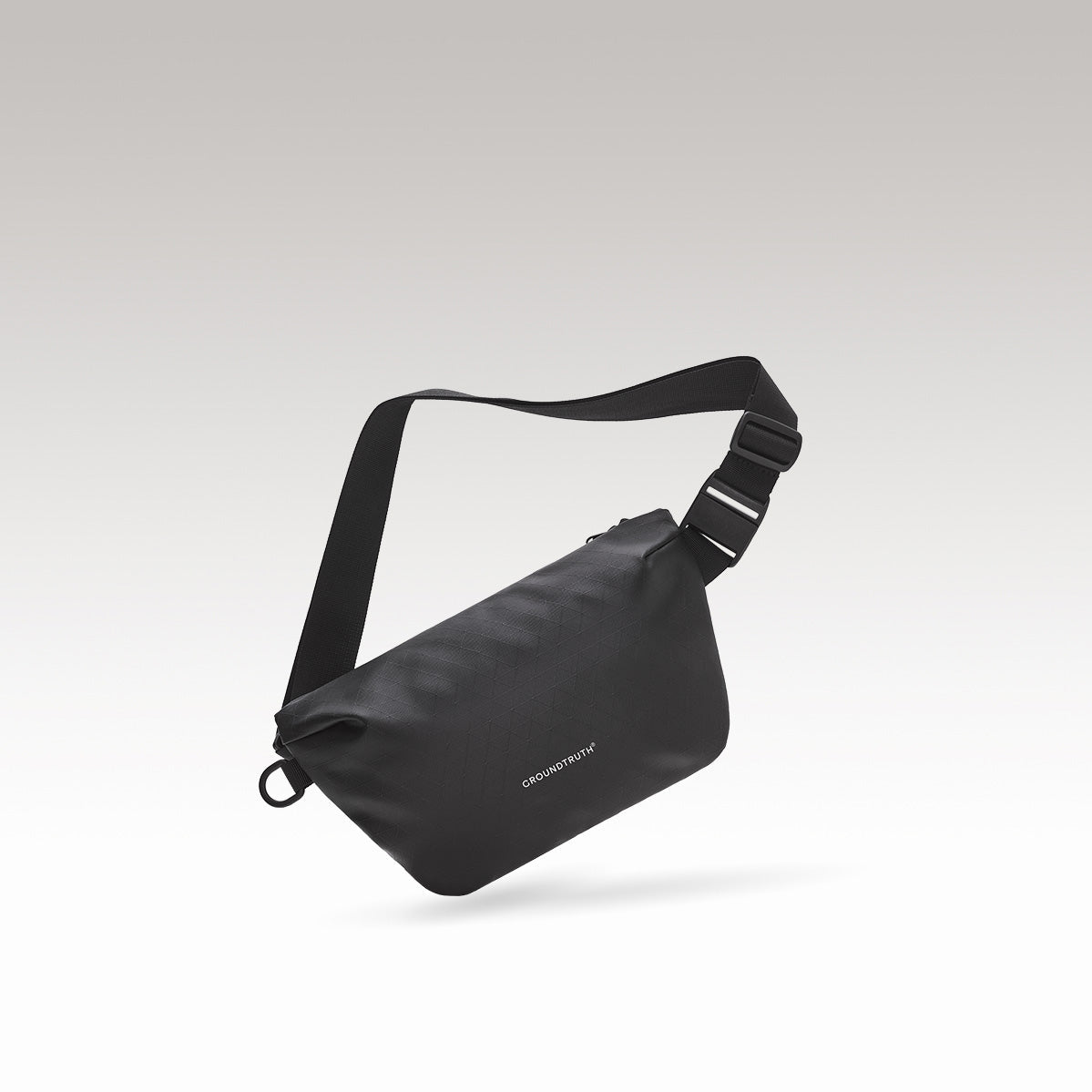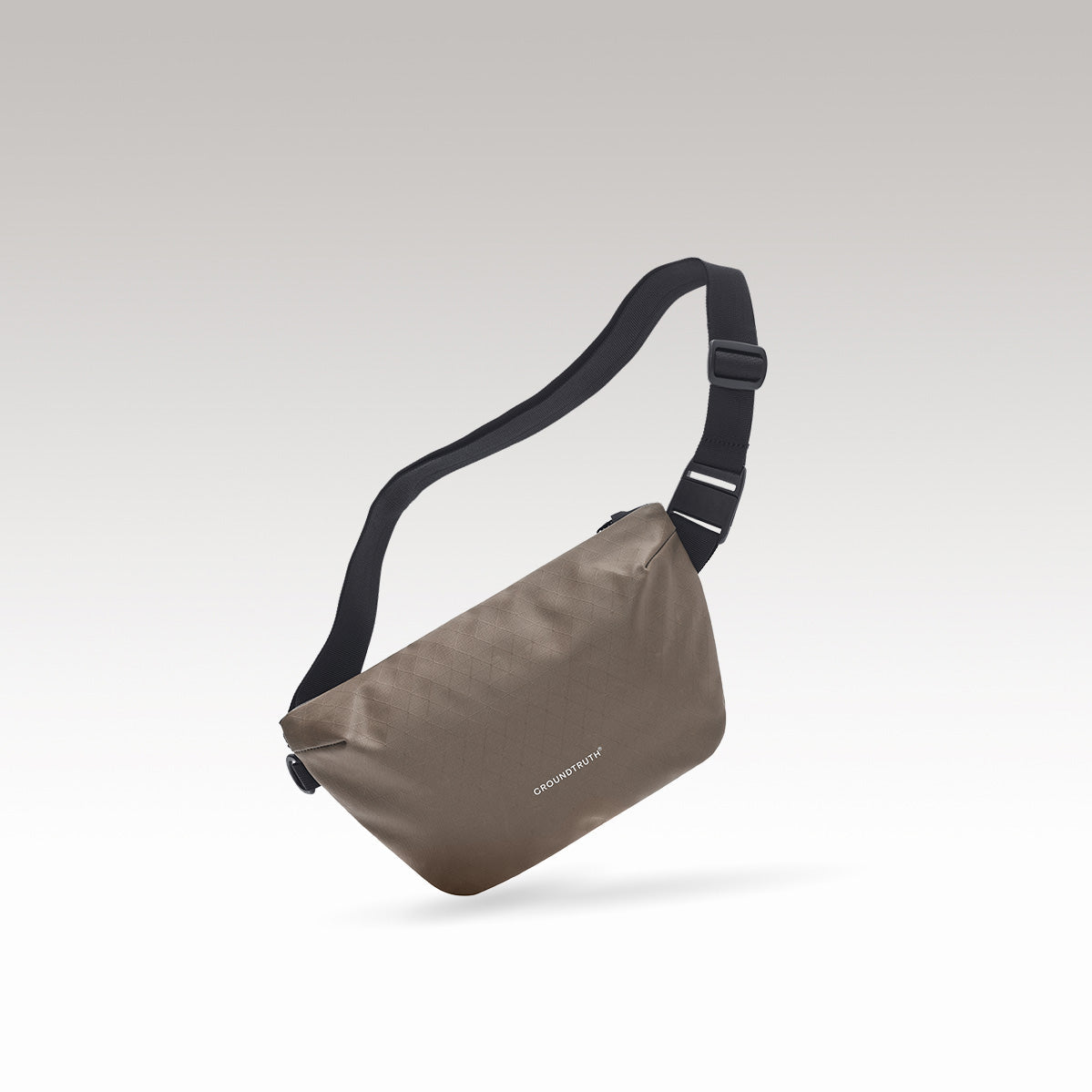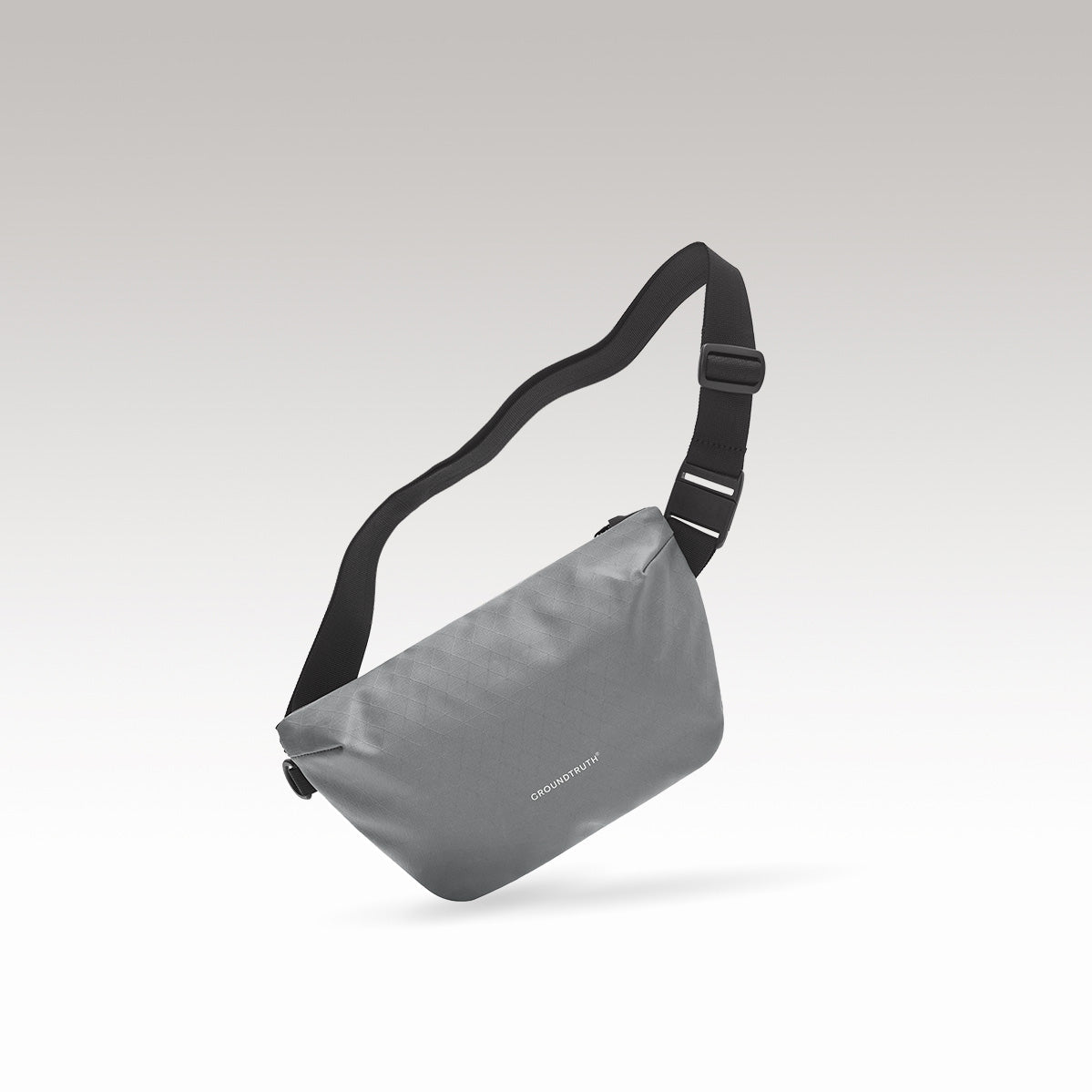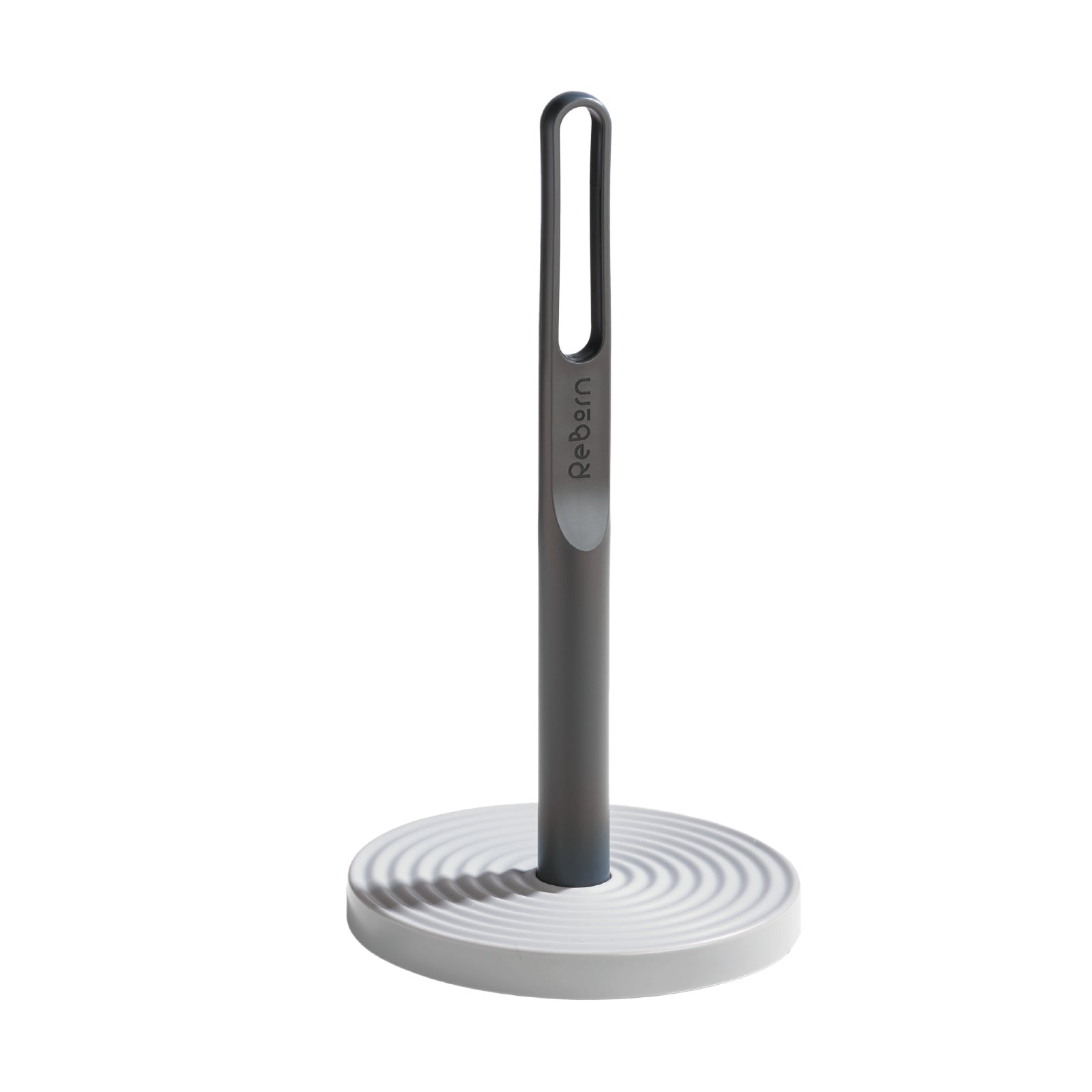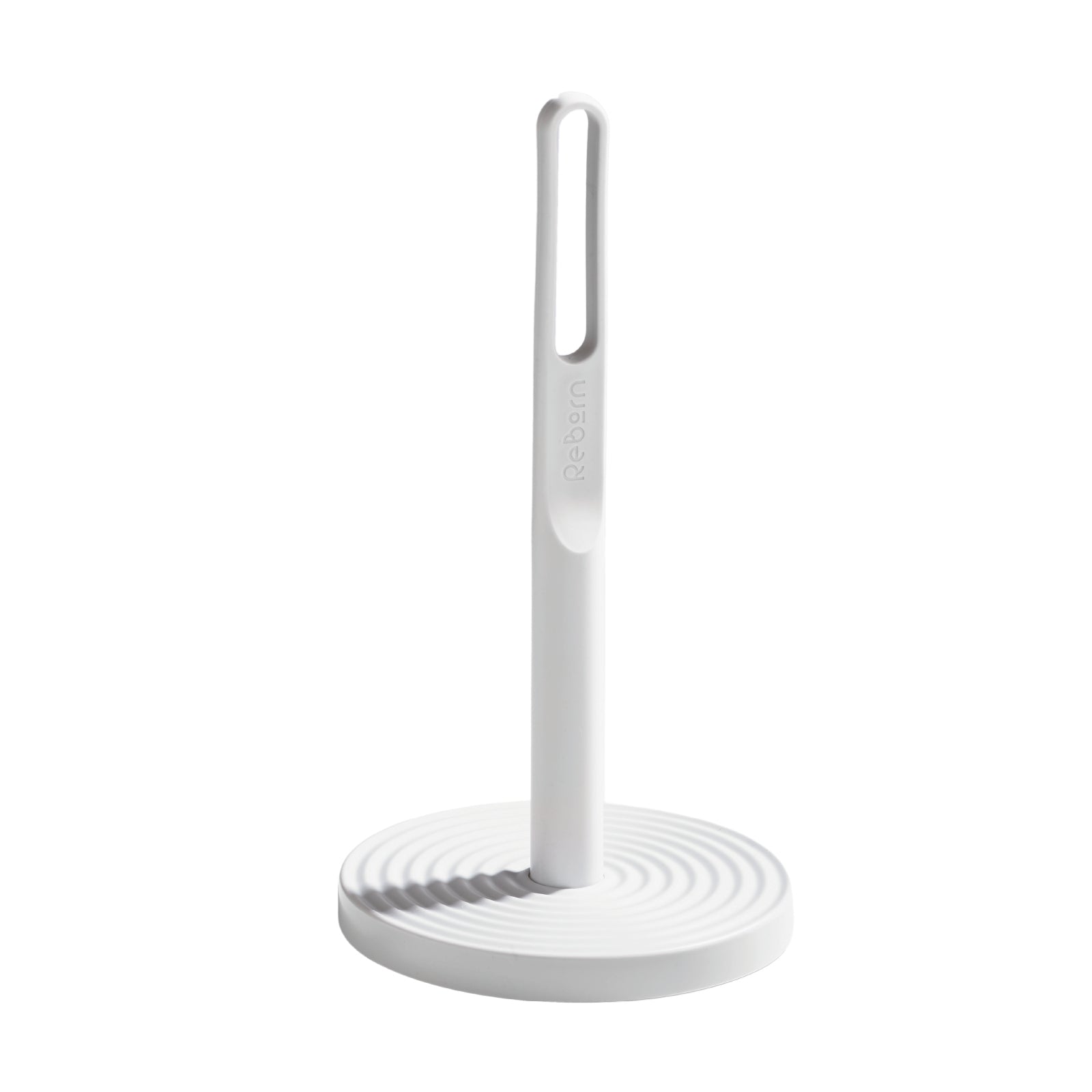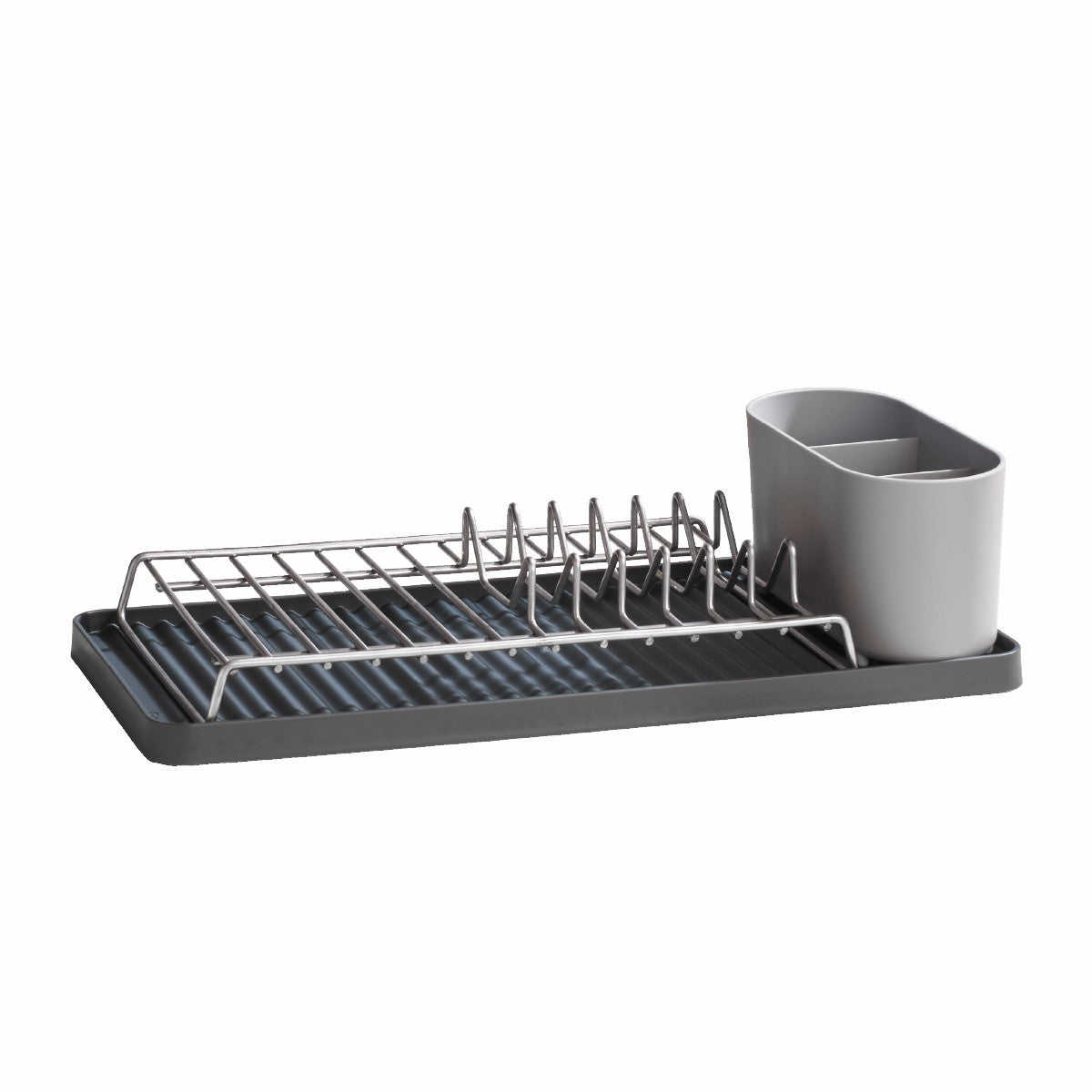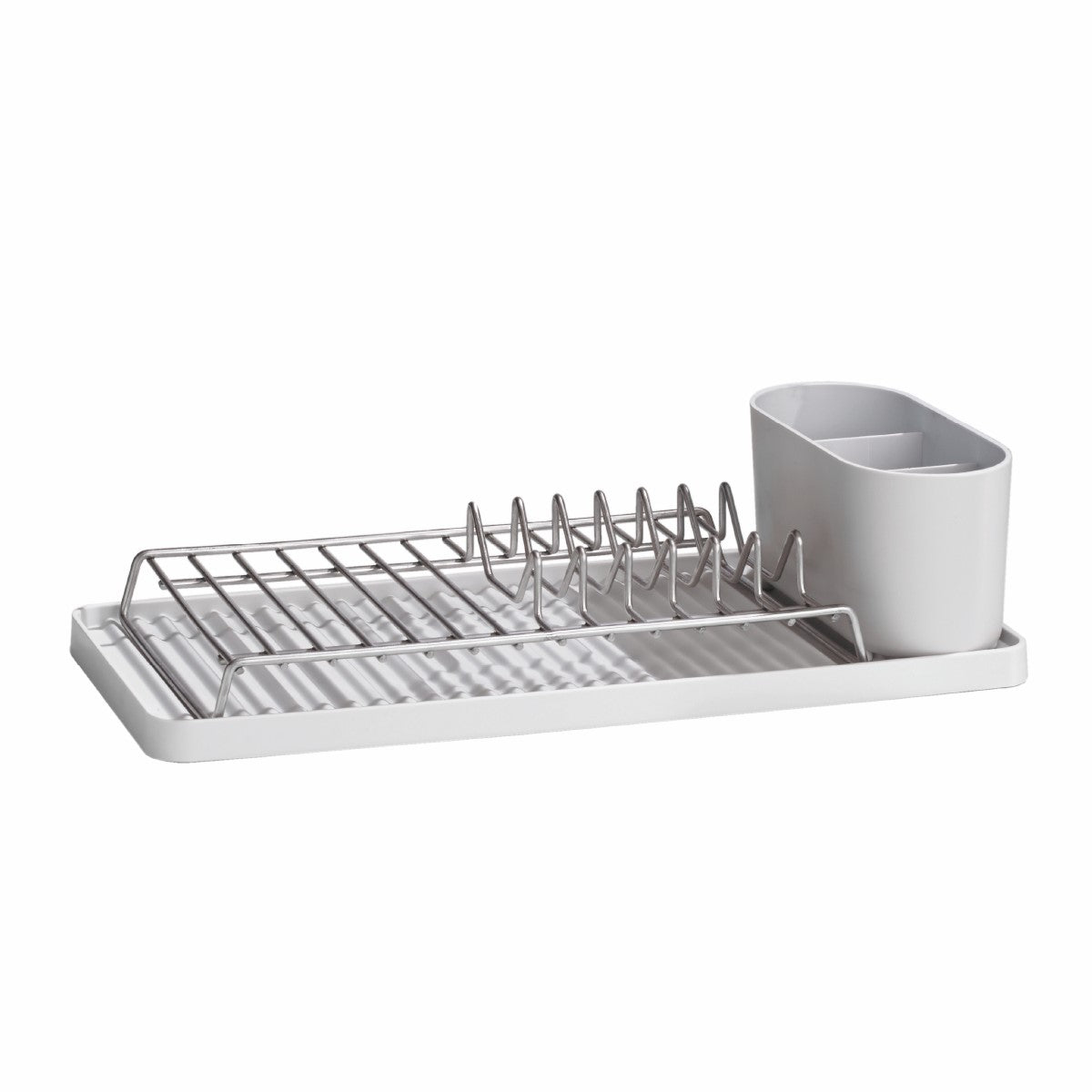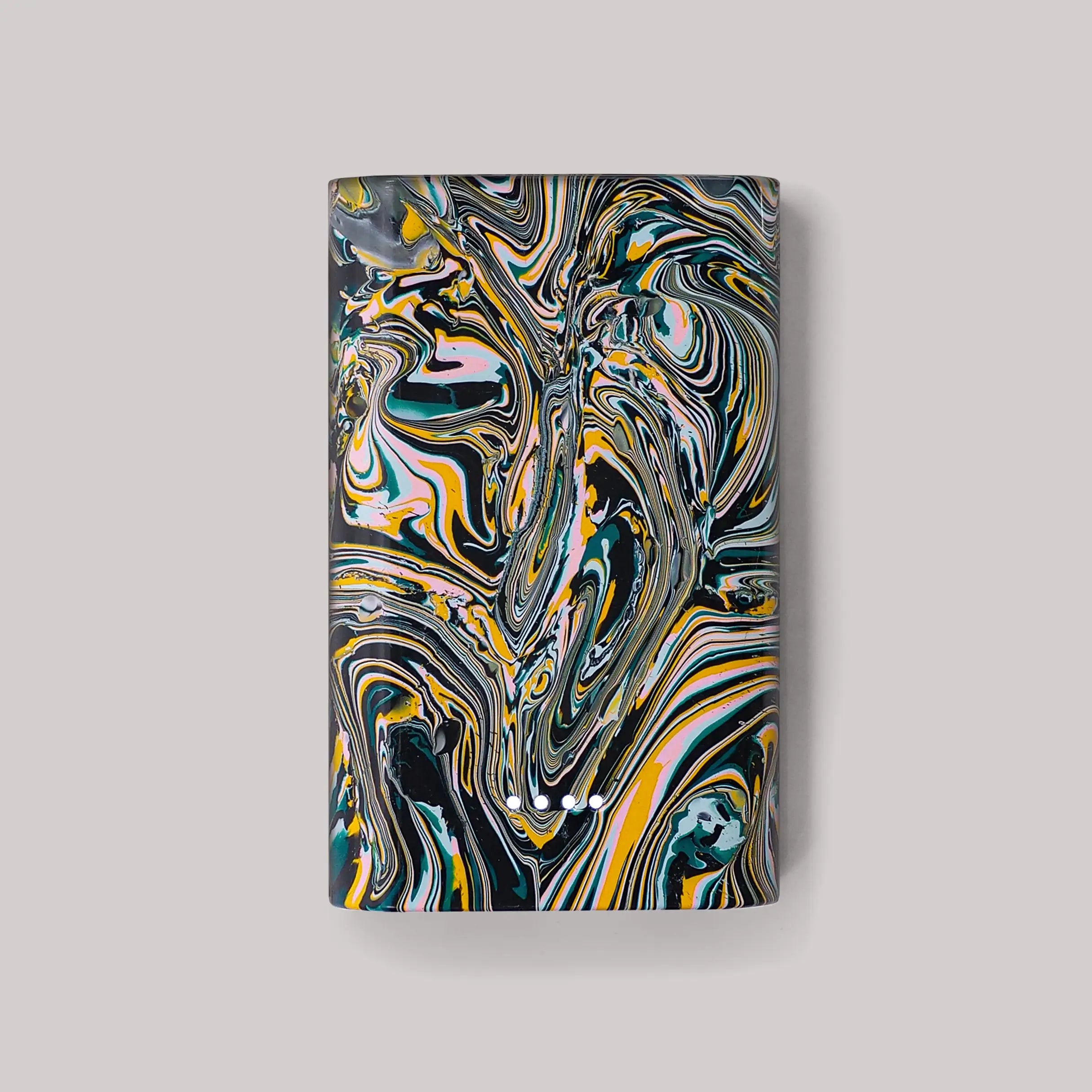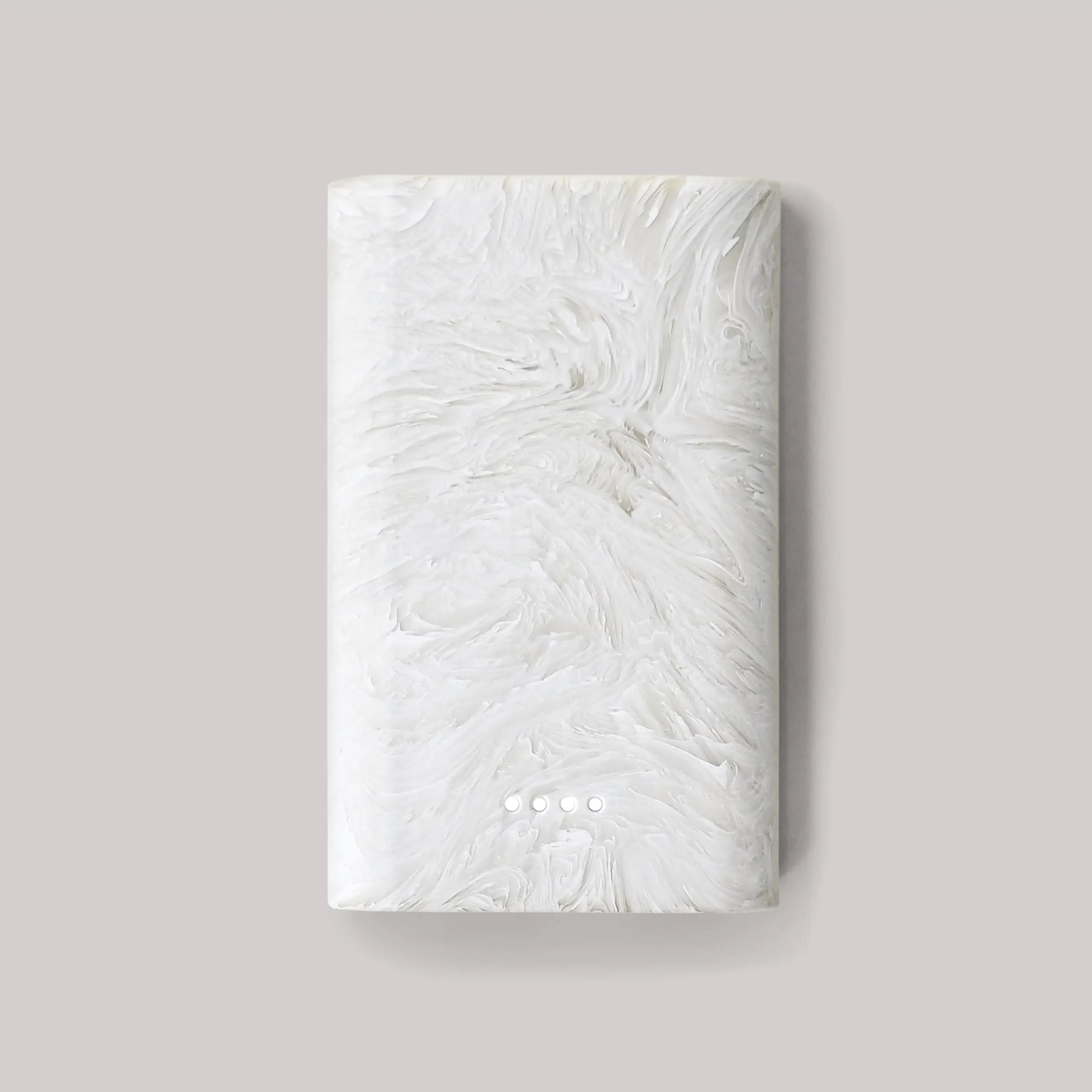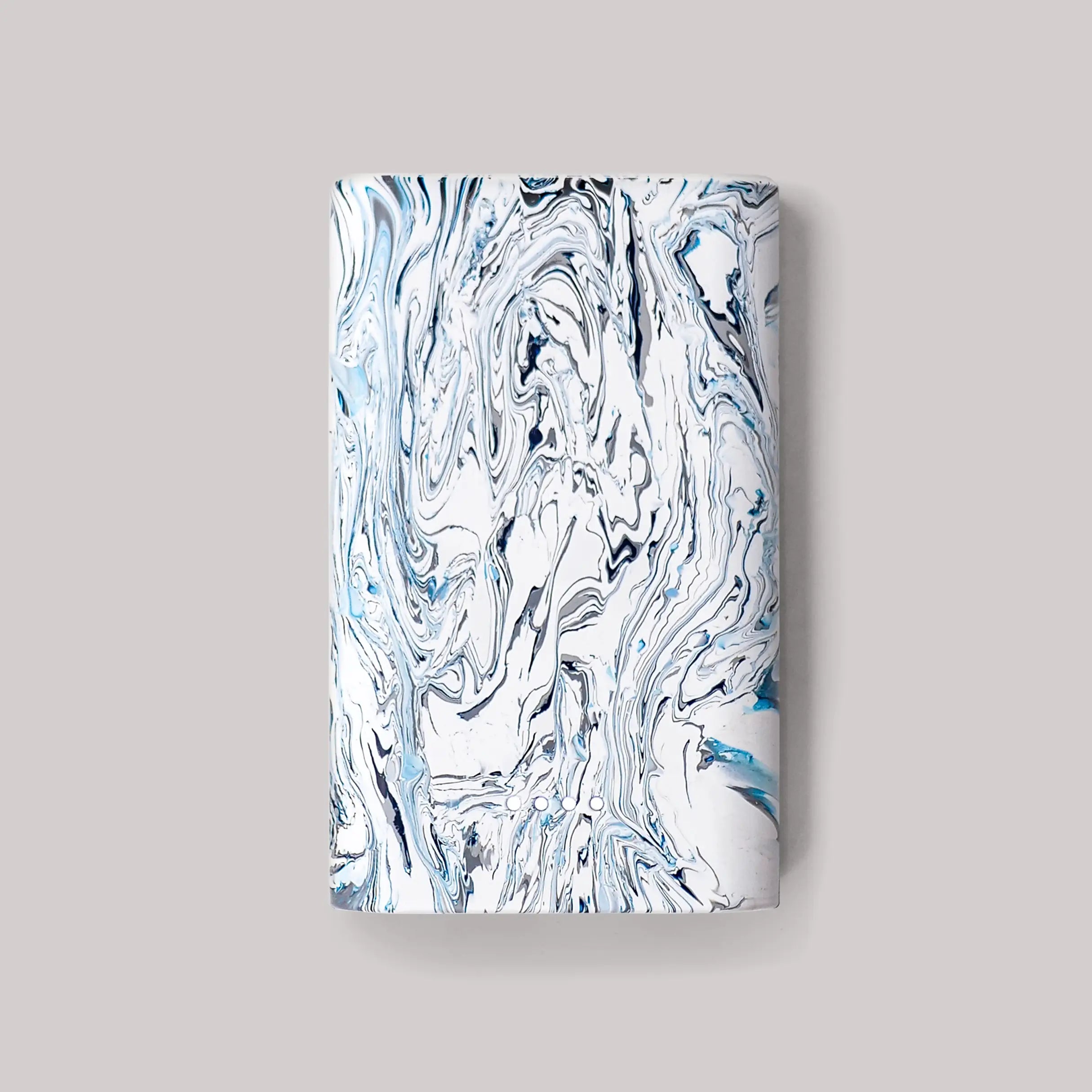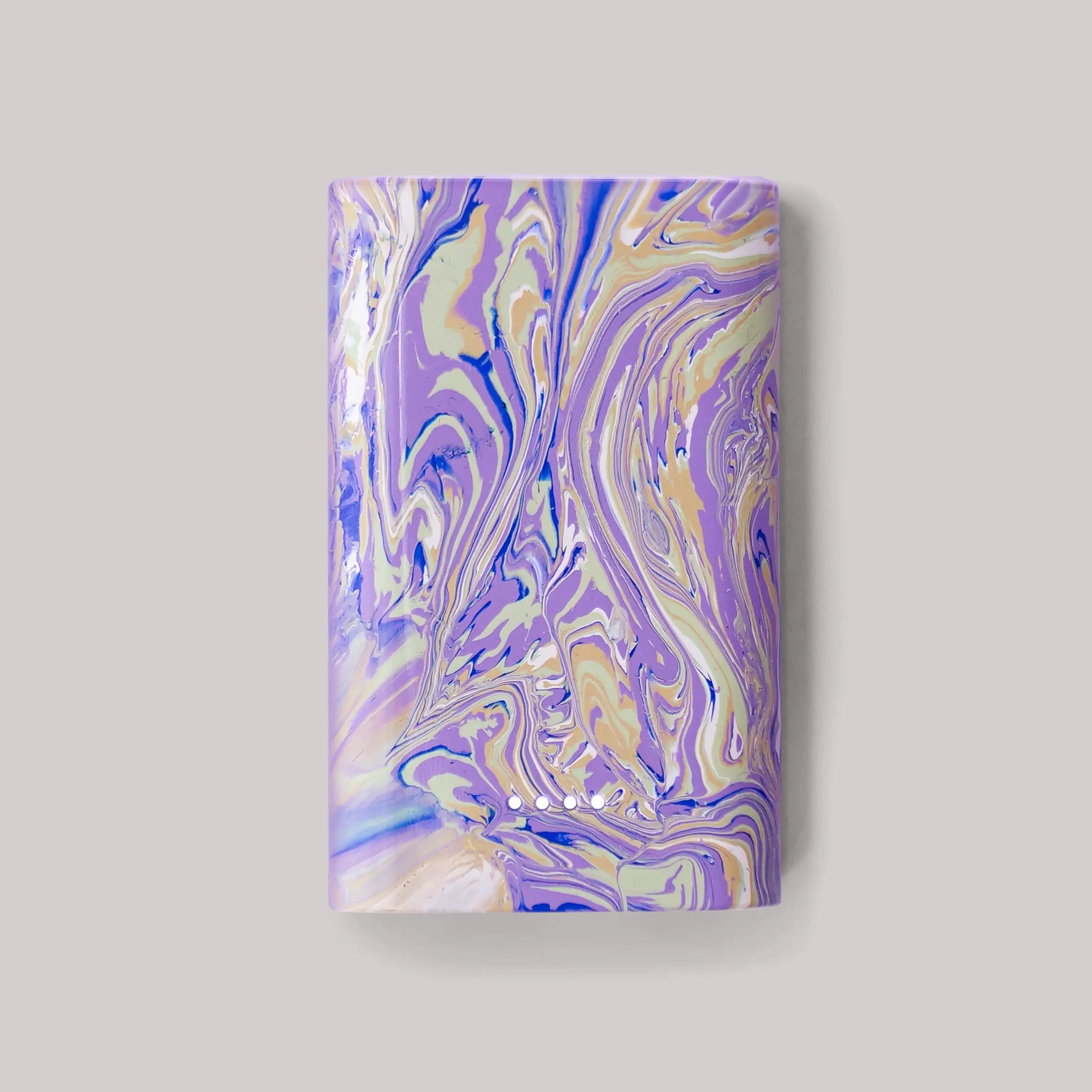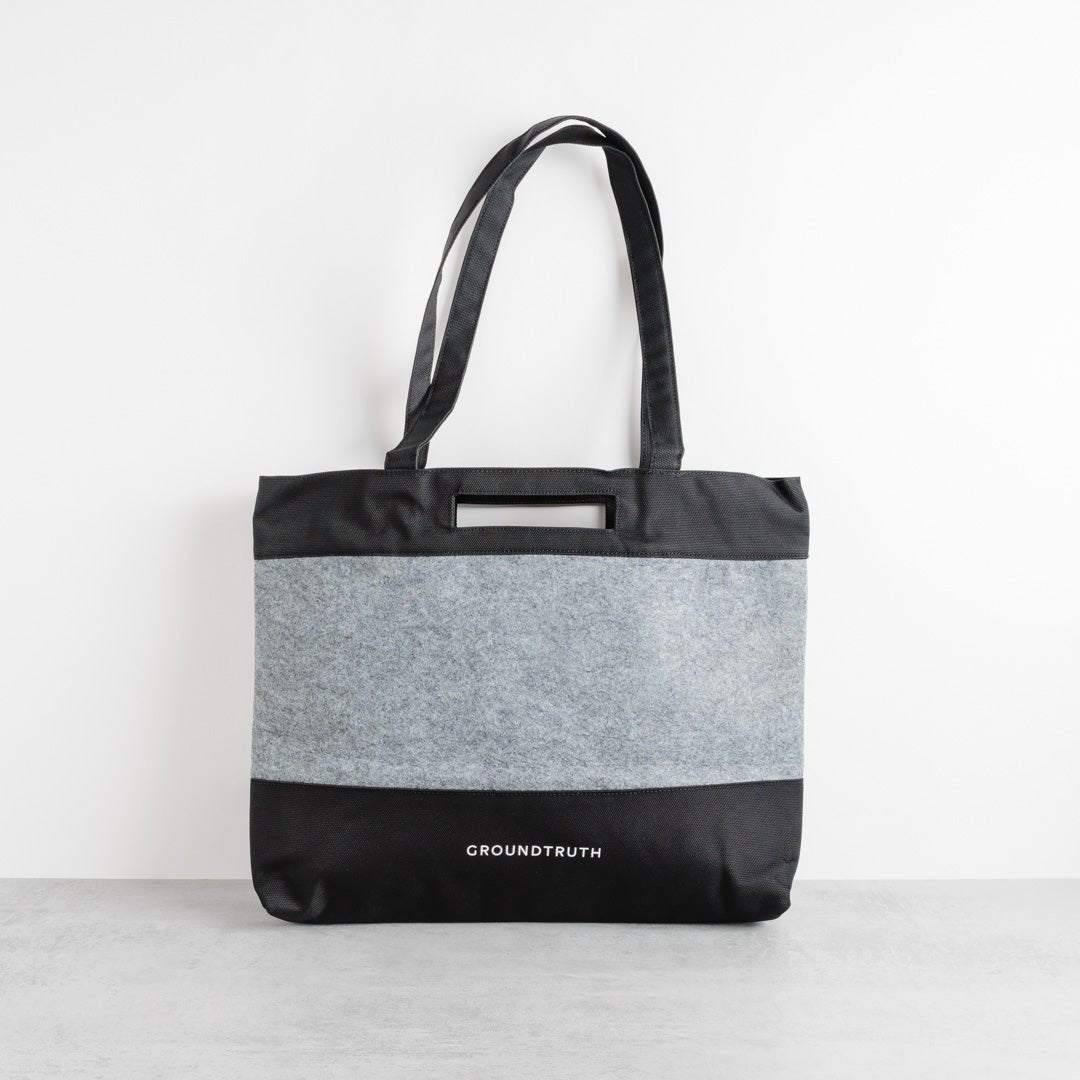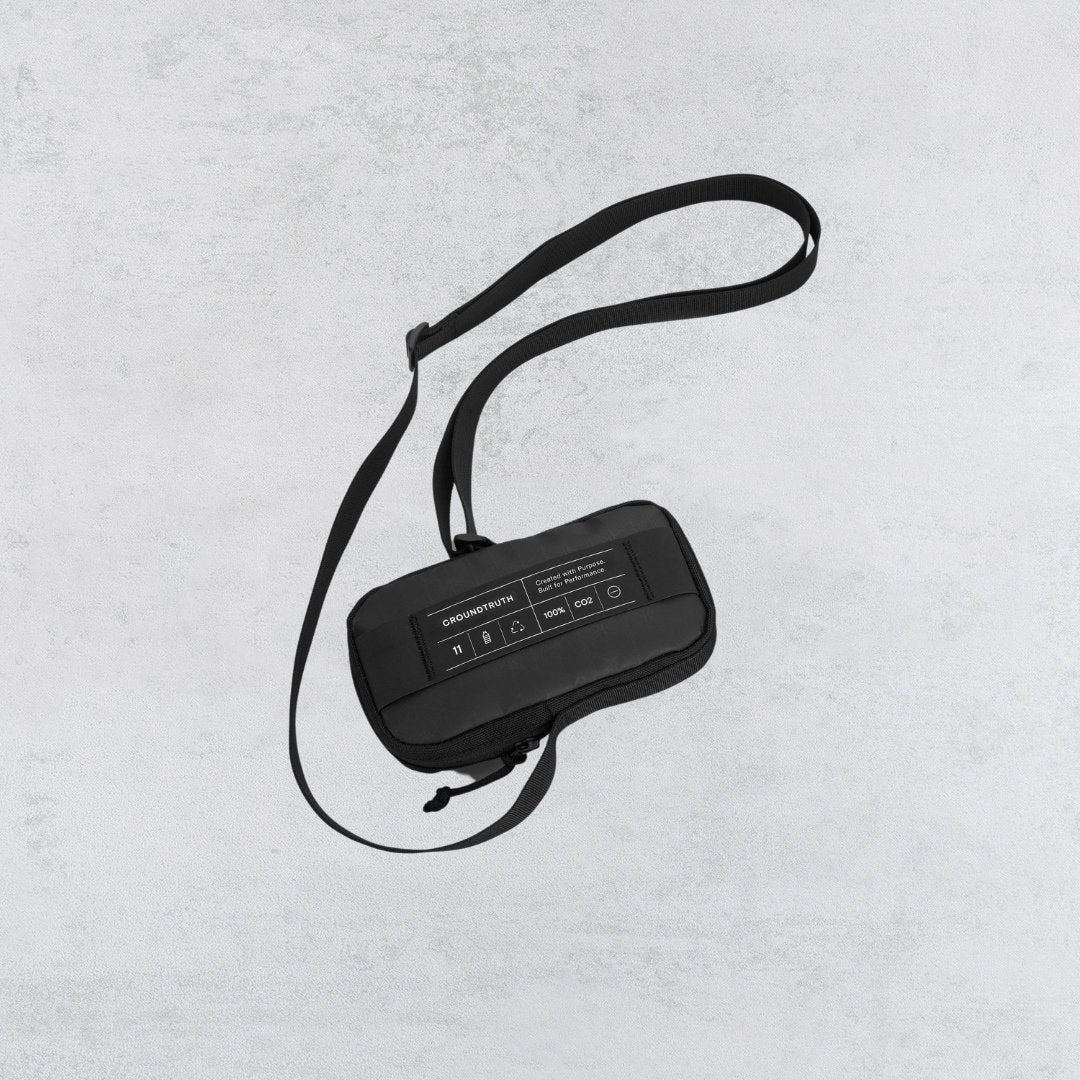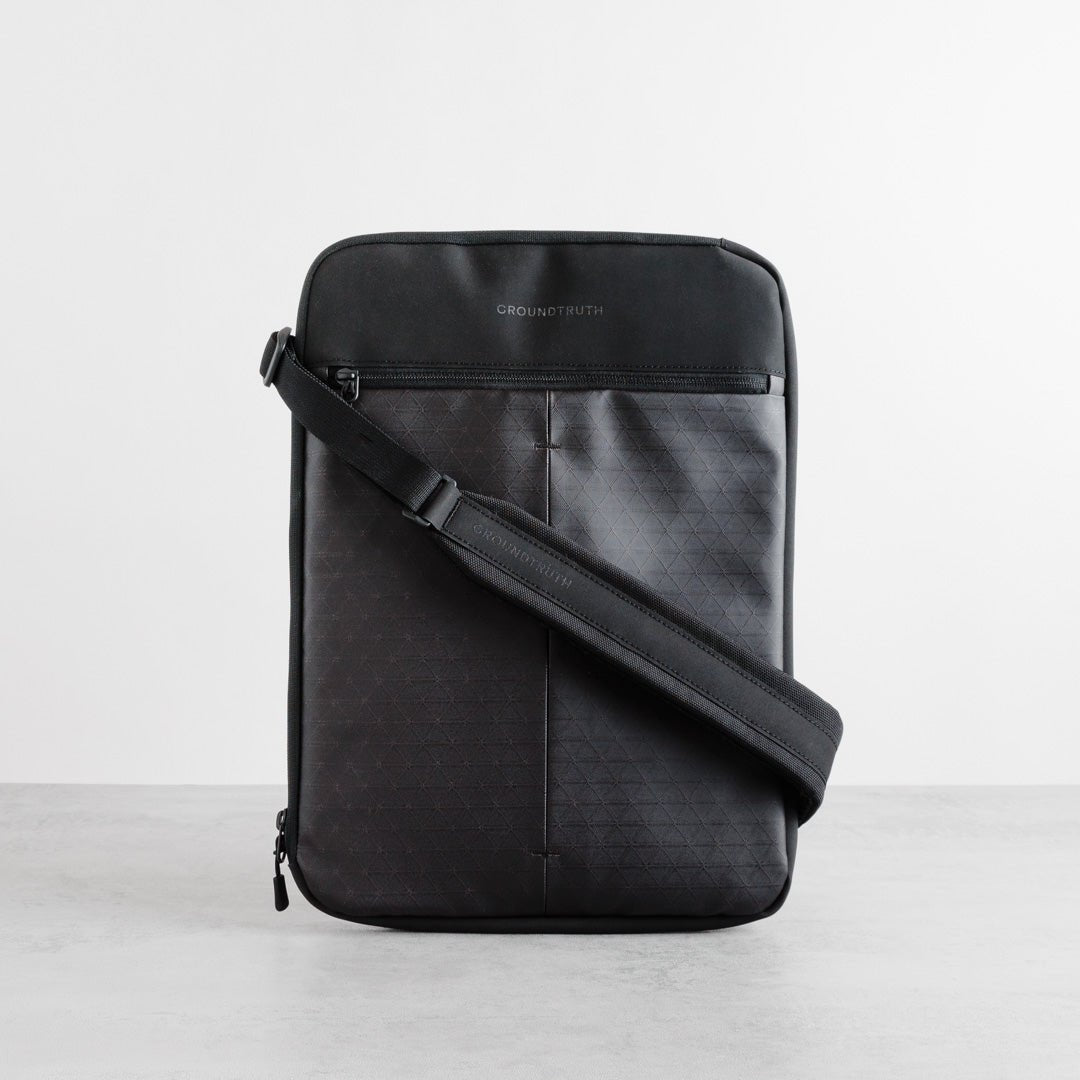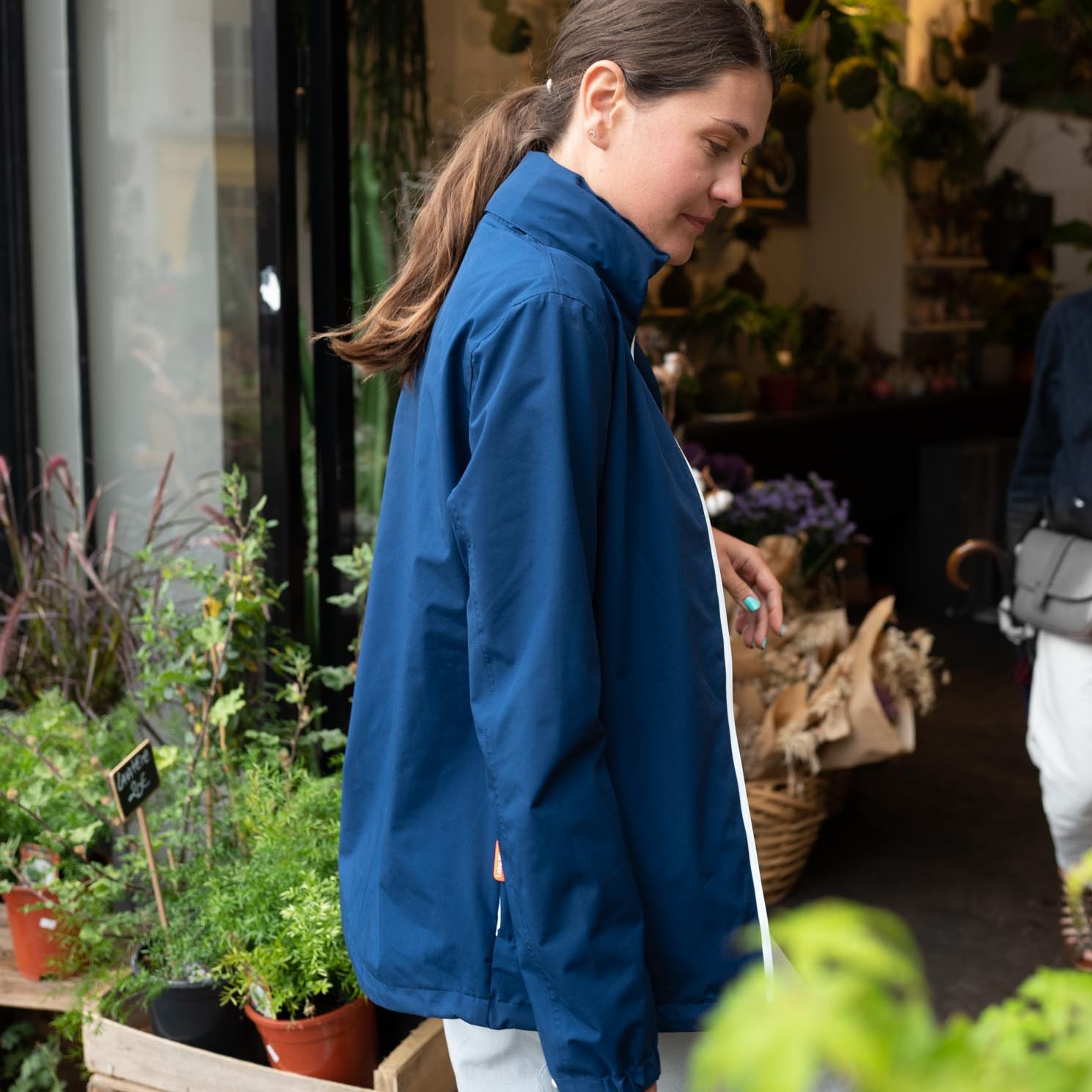Recycled Plastic
Recycled plastic household goods and outdoor furniture that last well and waste less. These are solid, low-fuss pieces made from part-recycled materials or ocean plastic that’s been brought back into use. Tough enough for everyday life, with a lighter impact on the planet. Good design, made more responsibly. Worth a look if you want your home to work hard without adding to the problem.
FAQs about Recycled Plastic Products
What are the longest-lasting recycled plastic furniture options?
The longest-lasting recycled plastic furniture is usually made from high-density polyethylene (HDPE), a tough material that shrugs off rain, sun and frost. HDPE resists cracking, warping and fading, making it ideal for garden benches or patio sets. Recycled plastic lumber is a standout - no splinters, barely any maintenance, and often guaranteed for decades. Look for UV-stabilised colours and solid construction for maximum longevity. Some brands even offer lifetime warranties, so it’s not just sturdy, it’s a smart long-term buy. You’ll find our favourites in our durable furniture collection.
How do you clean recycled plastic outdoor furniture?
To clean recycled plastic outdoor furniture, simply use warm soapy water and a soft cloth or sponge. These long-lasting pieces are non-porous, so muck doesn’t cling like it does on wood. A soft-bristled brush or vinegar mix sorts tougher grime with ease. Skip the jet wash, though - it can dull the surface. No sealing or oiling needed either, which is rather a relief. Just an occasional wipe-down, especially after a rogue seagull visit or soggy spell, keeps your furniture looking tidy.
Can you paint recycled plastic furniture to refresh the look?
Yes, you can paint recycled plastic furniture, but it’s a bit of a fiddle. These long-lasting materials are made to keep their colour, and paint doesn’t always stick well. If you’re set on painting, scrub it clean, give it a light sand, and use paint made for plastic. Just know the finish may need more upkeep than the original. Many find it easier to freshen things up with cushions, covers or a move to a sunnier spot. Paint’s an option - but not always a picnic.
Is recycled plastic furniture fully recyclable at the end of its life?
Most recycled plastic furniture is technically recyclable again, especially if made from HDPE. These long-lasting pieces are often designed for circularity, but whether they’re accepted depends on your local facilities. Some brands offer take-back schemes - worth checking before bin day. Fasteners or mixed materials might need separating first, but all told, many items stay in use for decades before needing a second life. A fixable, recyclable chair? That’s resourceful and rather cheering.
How is furniture made from recycled plastic materials?
Furniture made from recycled plastic materials typically starts with post-consumer waste - think milk bottles and shampoo tubs. These long-lasting plastics are cleaned, ground up, then melted into moulds or extruded into what’s called recycled plastic lumber. This stuff is dense, durable, and won’t splinter. Colour is added during the process, so the finish resists fading without needing paint. Where needed, stainless steel fasteners keep things sturdy. It’s a clever way to turn everyday waste into tough-as-old-boots furniture.
Which recycled plastics are most commonly used in outdoor items?
The most commonly used recycled plastics in outdoor items are HDPE, LDPE and polypropylene. HDPE is the hardiest - perfect for furniture that faces the full British forecast. It’s UV-resistant, strong, and stands up to knocks and changes in temperature. LDPE and polypropylene show up in softer goods, like planters or storage tubs. These long-lasting plastics make for weatherproof garden kit that doesn’t need fussing over every season.
How do I maintain and care for recycled plastic furniture long term?
To care for recycled plastic furniture long term, just wash it now and then with warm soapy water. These long-lasting materials don’t need sealing, painting or pampering. Steer clear of abrasive scrubs or jet washers to avoid scratching the surface. In winter, you can leave it outside, but covering or storing it keeps things neater. Give the bolts a check once in a while - many use rust-resistant fixings. For extra tips, see Product Care and Repair. Simple, satisfying upkeep.

